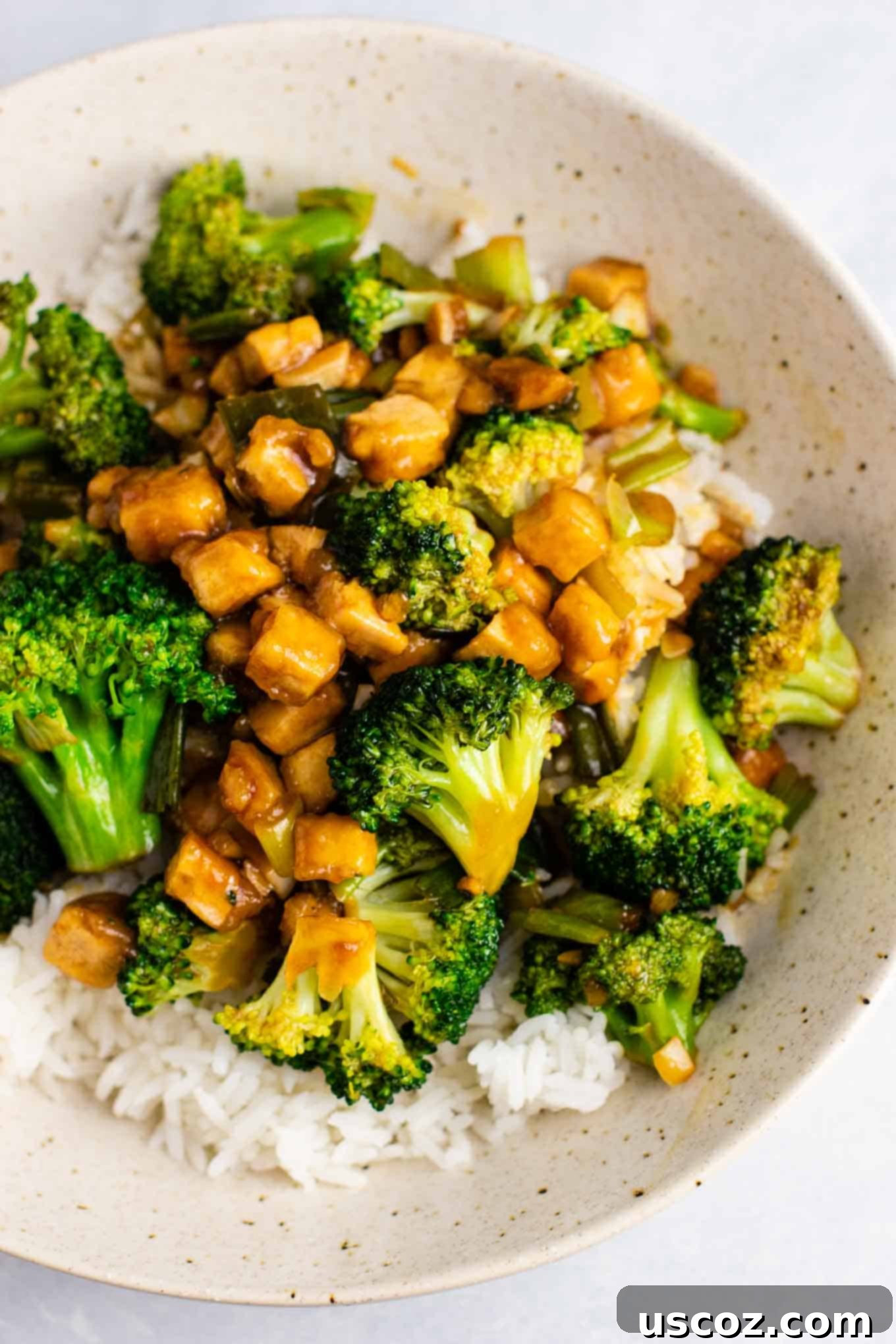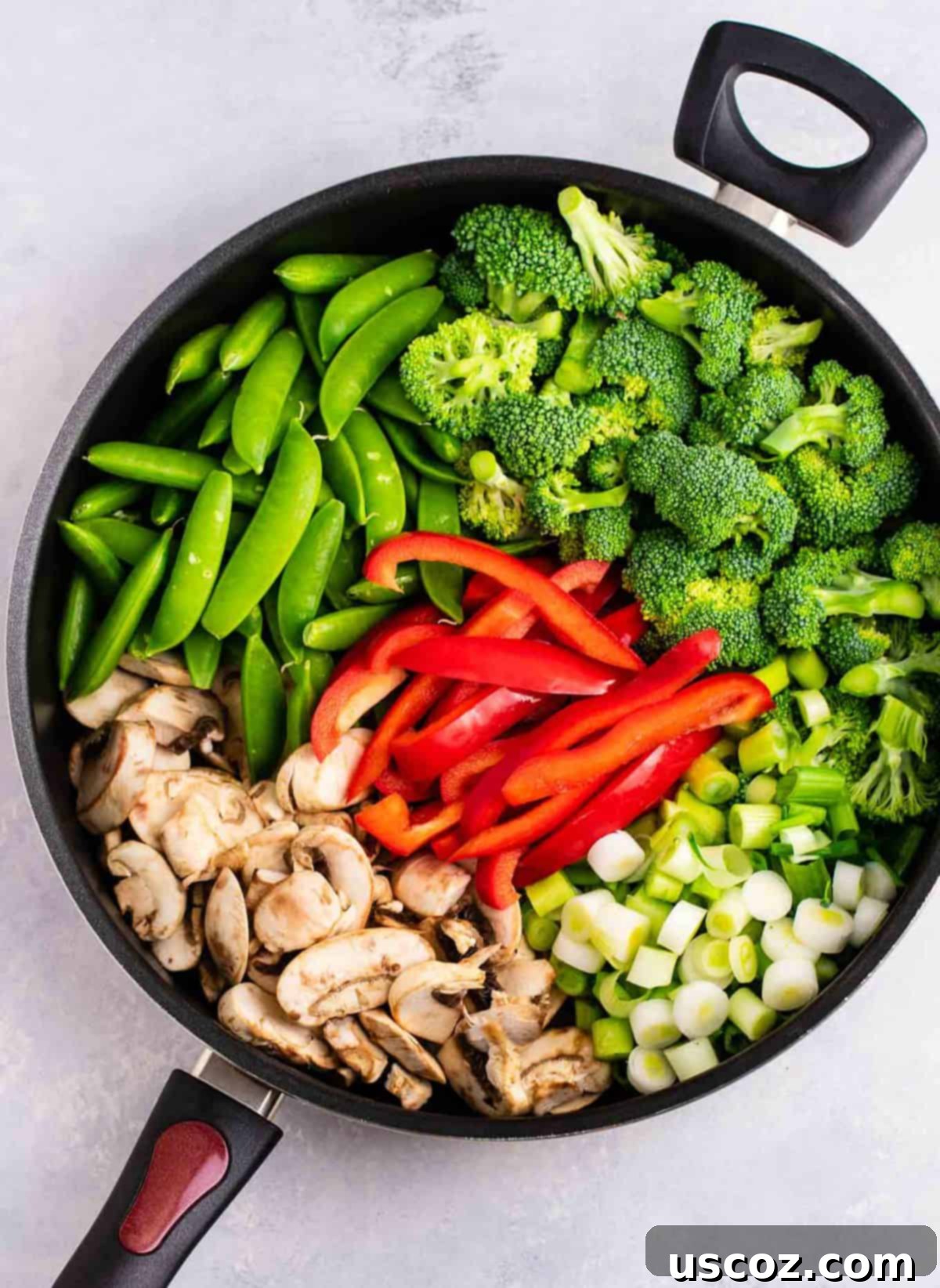Mastering Your Stir-Fry: The Ultimate Guide to the Best Vegetables and Perfect Flavor
Unlock the secrets to a truly unforgettable homemade stir-fry! This comprehensive guide reveals the best vegetables to use, essential flavor foundations, and expert tips for achieving that perfect takeout-quality texture and taste right in your own kitchen.
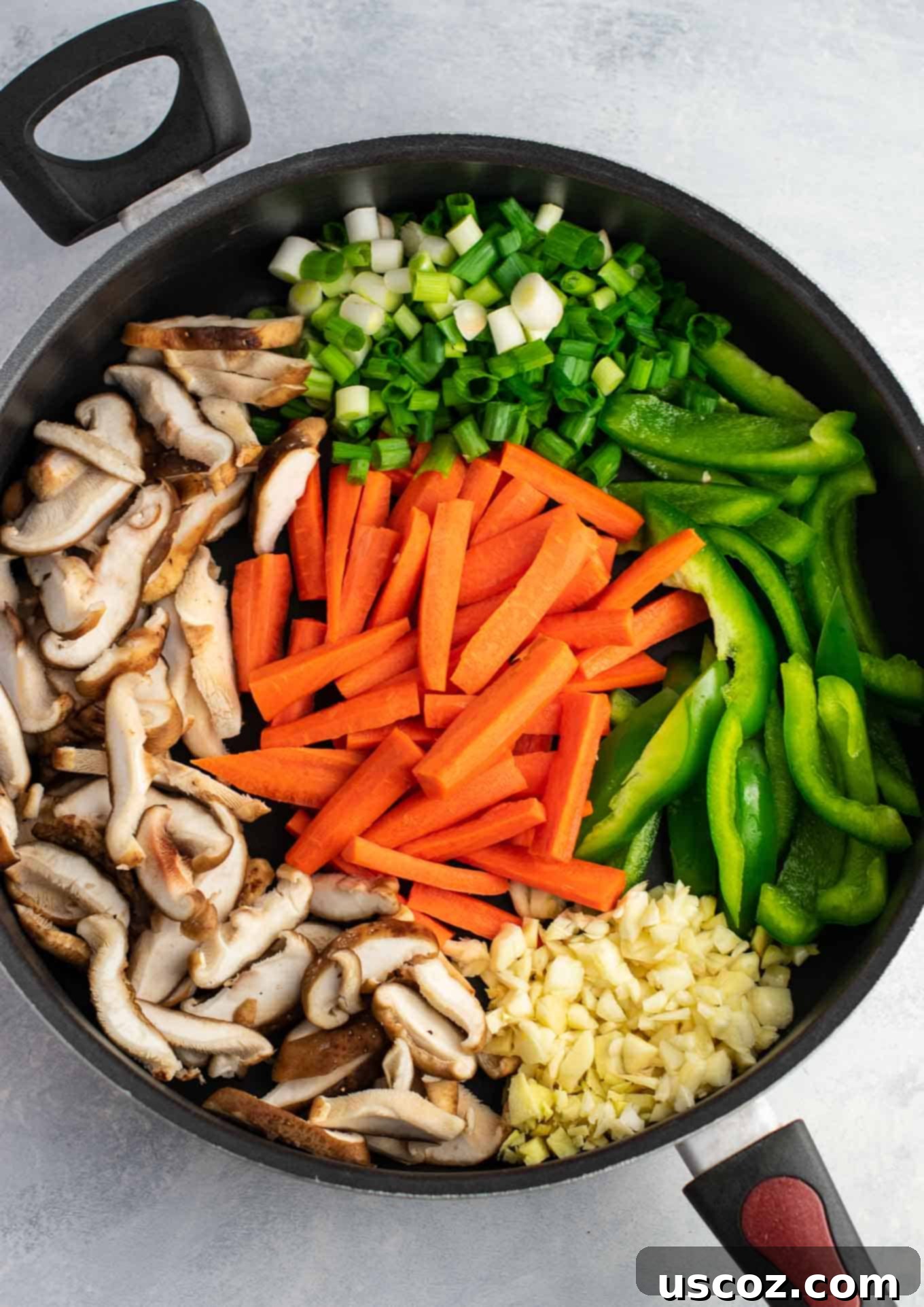
A delicious stir-fry isn’t just about the sauce; it’s a symphony of textures and flavors, predominantly driven by the fresh vegetables you choose. Whether you’re aiming for a quick weeknight meal or looking to impress, selecting the right produce and knowing how to cook it is paramount. In this guide, we’ll dive deep into making your stir-fry extraordinary, from the fundamental aromatics to the best vegetable combinations and cooking techniques.
The Secret to an Amazing Stir-Fry Sauce
Before we even get to the veggies, let’s acknowledge the critical role of a good stir-fry sauce. A well-balanced sauce binds all the ingredients together, adding a crucial layer of umami, sweetness, and tang. If you’ve already mastered how to make a simple yet potent stir-fry sauce and understand how to thicken stir-fry sauce to perfection, you’re already halfway there. The next step, and arguably the most exciting, is selecting the ideal fresh vegetables to complement your incredible sauce.
Both the selection of vegetables and the careful management of their textures are key to crafting a truly delicious and satisfying stir-fry. With an abundance of fresh produce, a stir-fry recipe offers a fantastic and healthy way to utilize all your extra vegetables, transforming them into a vibrant and flavorful meal.
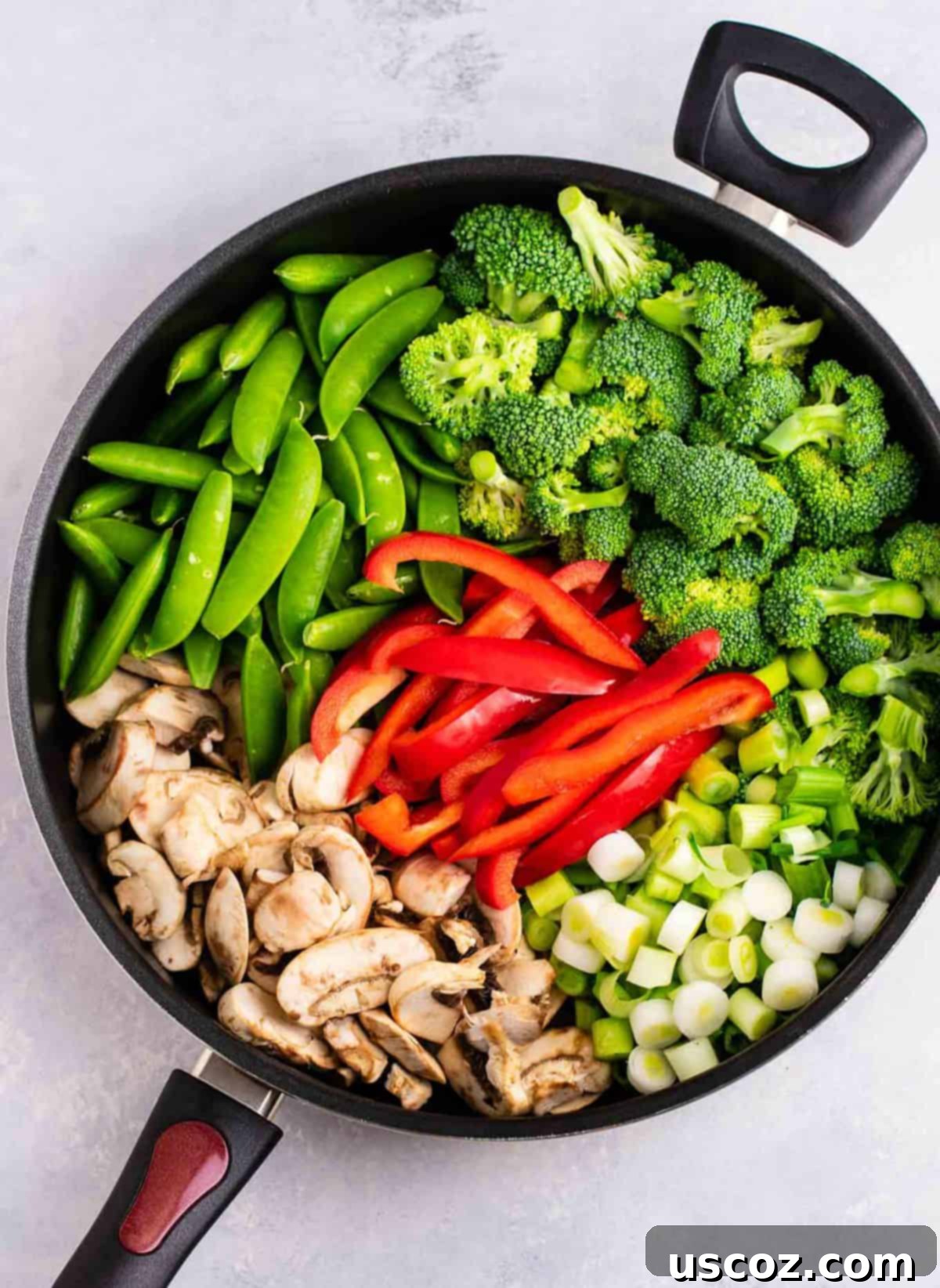
What are the Best Vegetables to Put in Stir Fry?
Every exceptional stir-fry begins with a powerful aromatic base. These foundational ingredients aren’t just additions; they are the heart and soul that infuse every bite with authentic, deep flavor. So, before we explore the vast world of stir-fry vegetables, let’s talk about your non-negotiable must-haves:
- Fresh Ginger: Finely minced or diced.
- Fresh Garlic Cloves: Minced or finely diced.
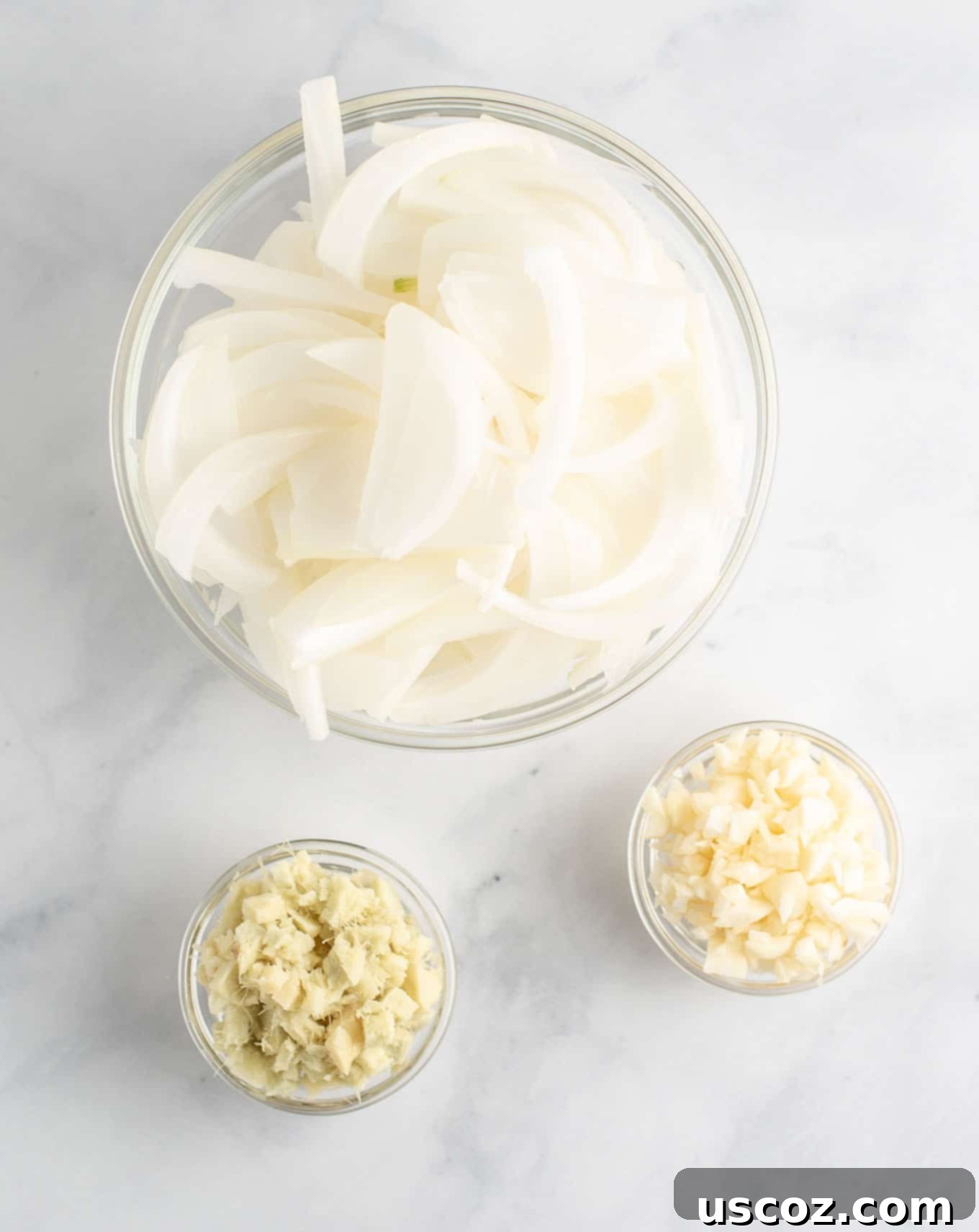
The importance of fresh ginger and garlic to the overall taste of your stir-fry cannot be overstated. This aromatic duo is the cornerstone of authentic Asian cuisine and provides a depth of flavor that dried or powdered alternatives simply cannot replicate. Truly, do not skip this foundational step!
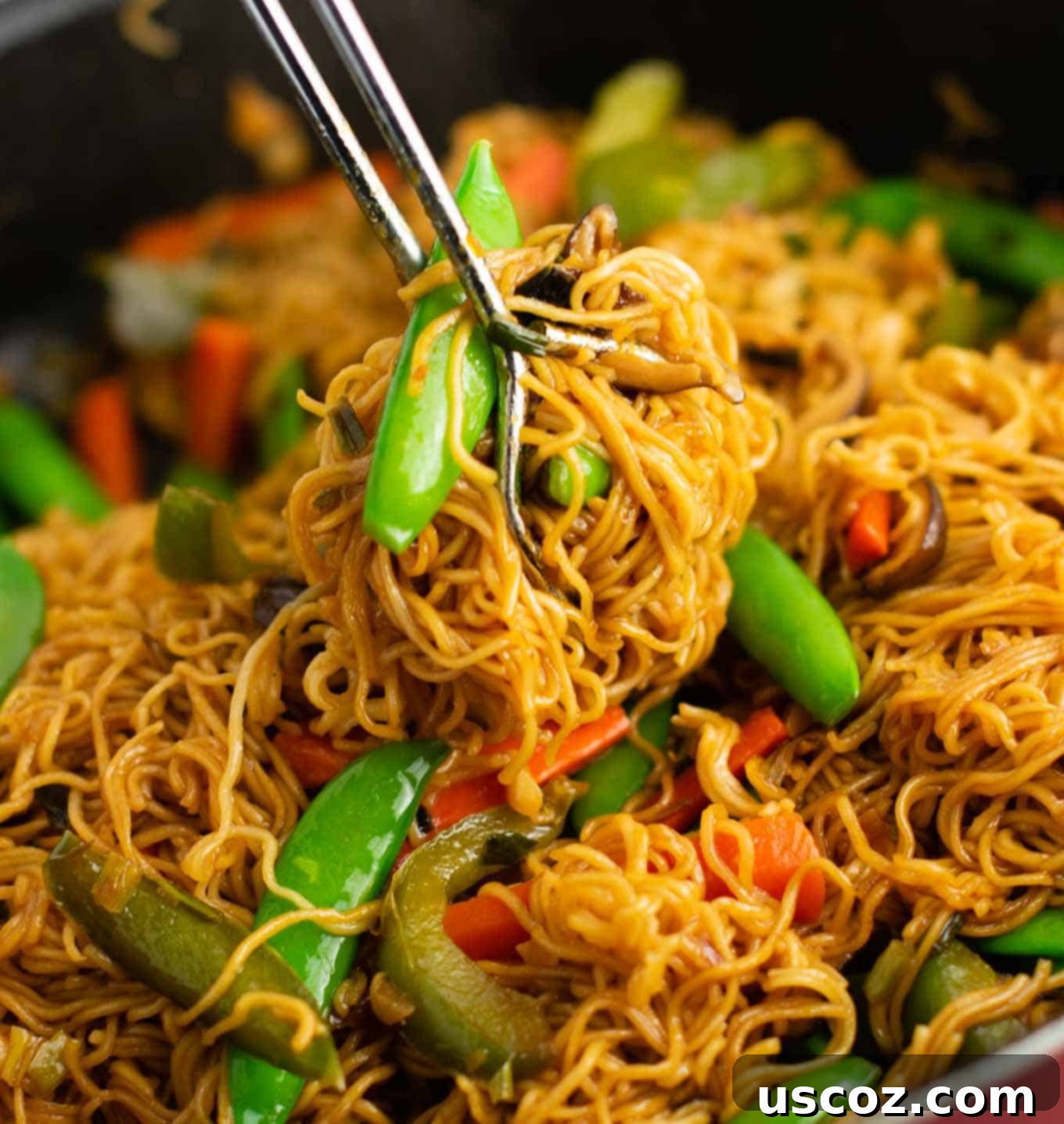
For most stir-fry recipes, I typically incorporate between 1/4 cup and 1/3 cup of finely diced fresh ginger. If you’re new to buying fresh ginger, you’ll find it in the produce section of your grocery store. It resembles a light brown, knotty root. To prepare it, simply peel off the thin skin with a spoon or knife, then finely slice and dice it until it’s in very small pieces. The effort is well worth the incredible flavor it imparts.
As for garlic, I’m a firm believer that more is more when it comes to stir-fries. I often use anywhere from 10 to 20 cloves, also finely diced or minced. Don’t worry about it being overpowering; when cooked, the pungent edge mellows, transforming into a rich, savory base that enhances all other flavors without dominating them.
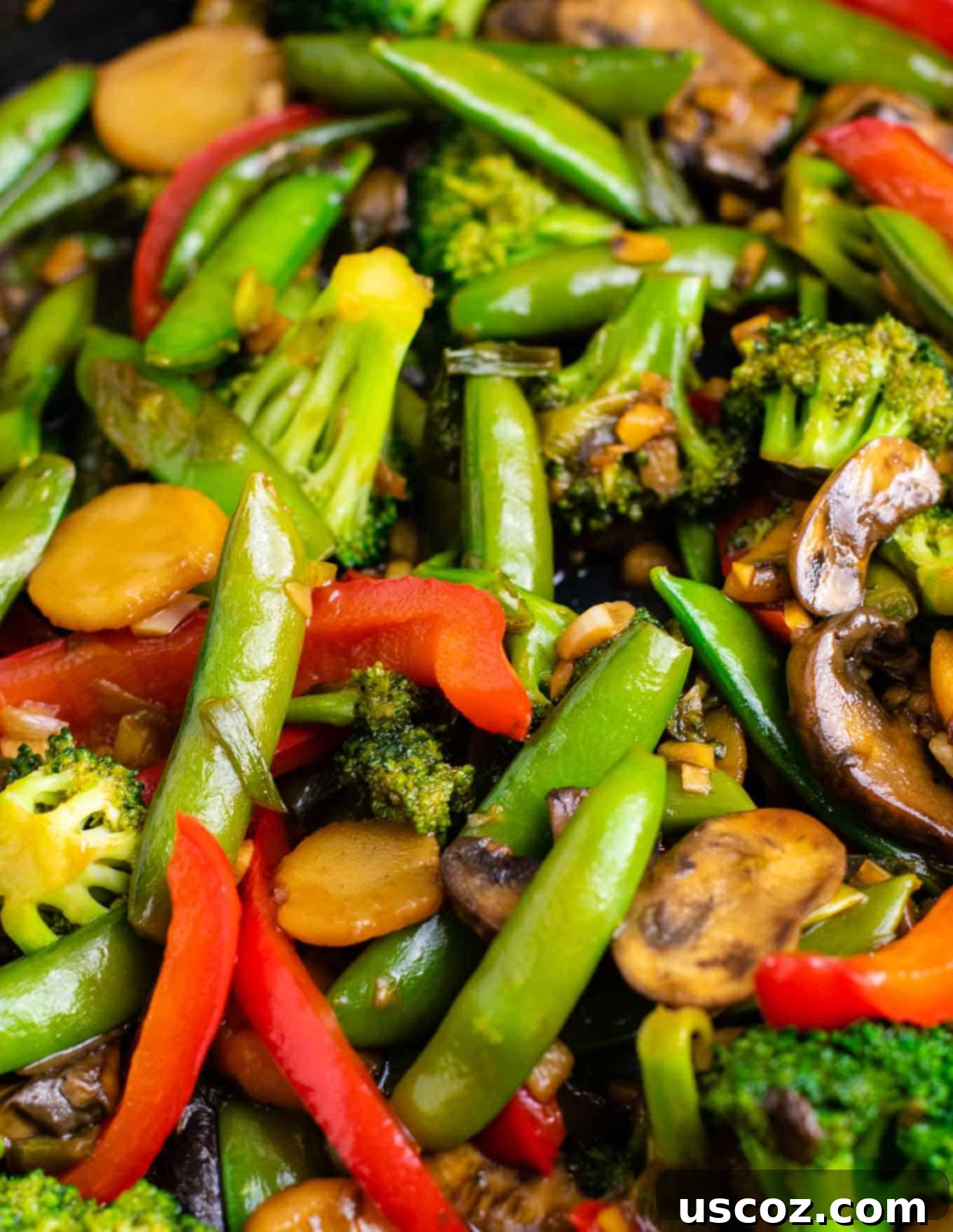
Pro Tip for Garlic Lovers: Consider buying pre-peeled garlic in bags. I’ve done the math, and it’s often a cost-effective and significant time-saver, especially if you cook with a lot of garlic like I do. It spares you the frustration of peeling numerous cloves, allowing you to get straight to the cooking and enjoy the robust flavor that fresh garlic brings.
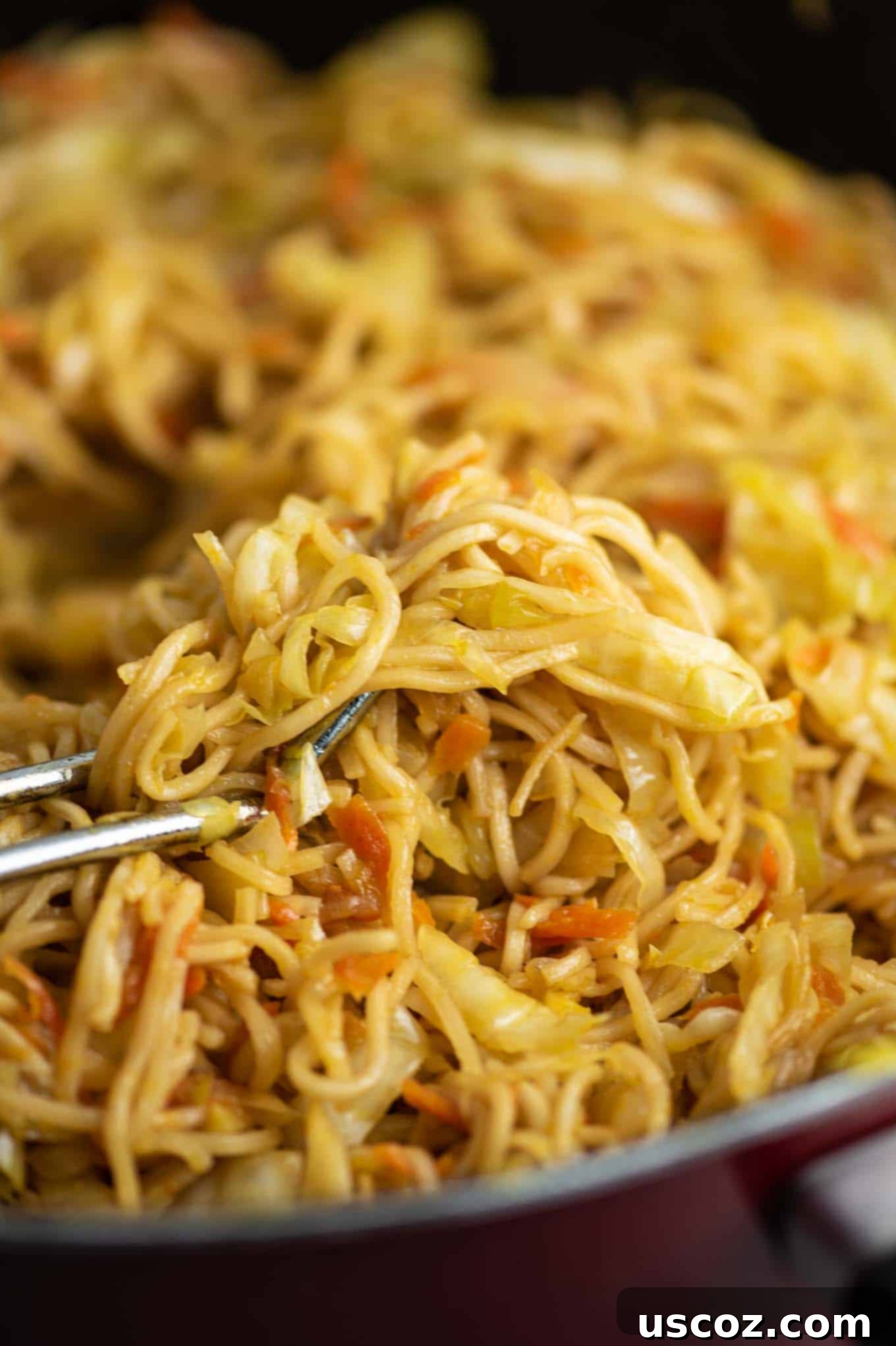
Think of this generous amount of garlic and ginger not as an ingredient to taste overtly, but as a foundational flavor base that elevates your entire dish to an authentic, restaurant-quality level. It’s the “wow” factor that truly makes your homemade stir-fry comparable to your favorite takeout.
Green onions (scallions) are another fantastic aromatic that perfectly complements fresh garlic and ginger. Whenever I remember, I grab a bunch and add the entire chopped bundle to my stir-fry, using both the white and green parts. They add a fresh, pungent, and slightly sweet note. You can also use other types of onions, such as white or yellow, for a deeper, caramelized flavor base.
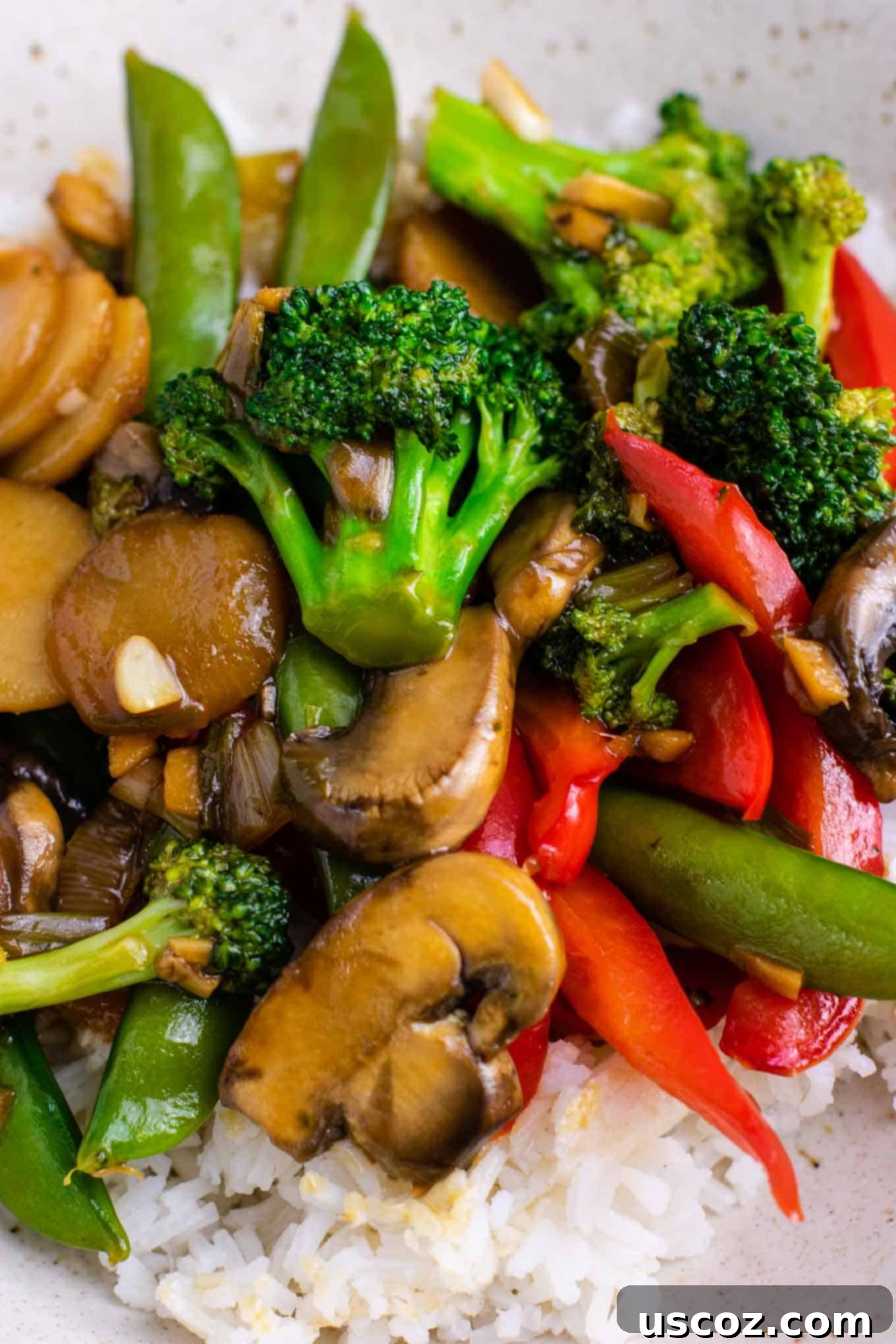
Tips for Making a Delicious Stir-Fry Recipe
Elevating Your Stir-Fry with Essential Aromatics
As emphasized, garlic and ginger are absolutely essential for infusing your stir-fry with incredible flavor and making your stir-fry sauce truly pop. This combination, along with your chosen sauce, unlocks that authentic, deep, and complex “oriental” flavor profile we all crave from takeout. You’ll be genuinely surprised by the immense difference the addition of generous amounts of fresh garlic and ginger can make!
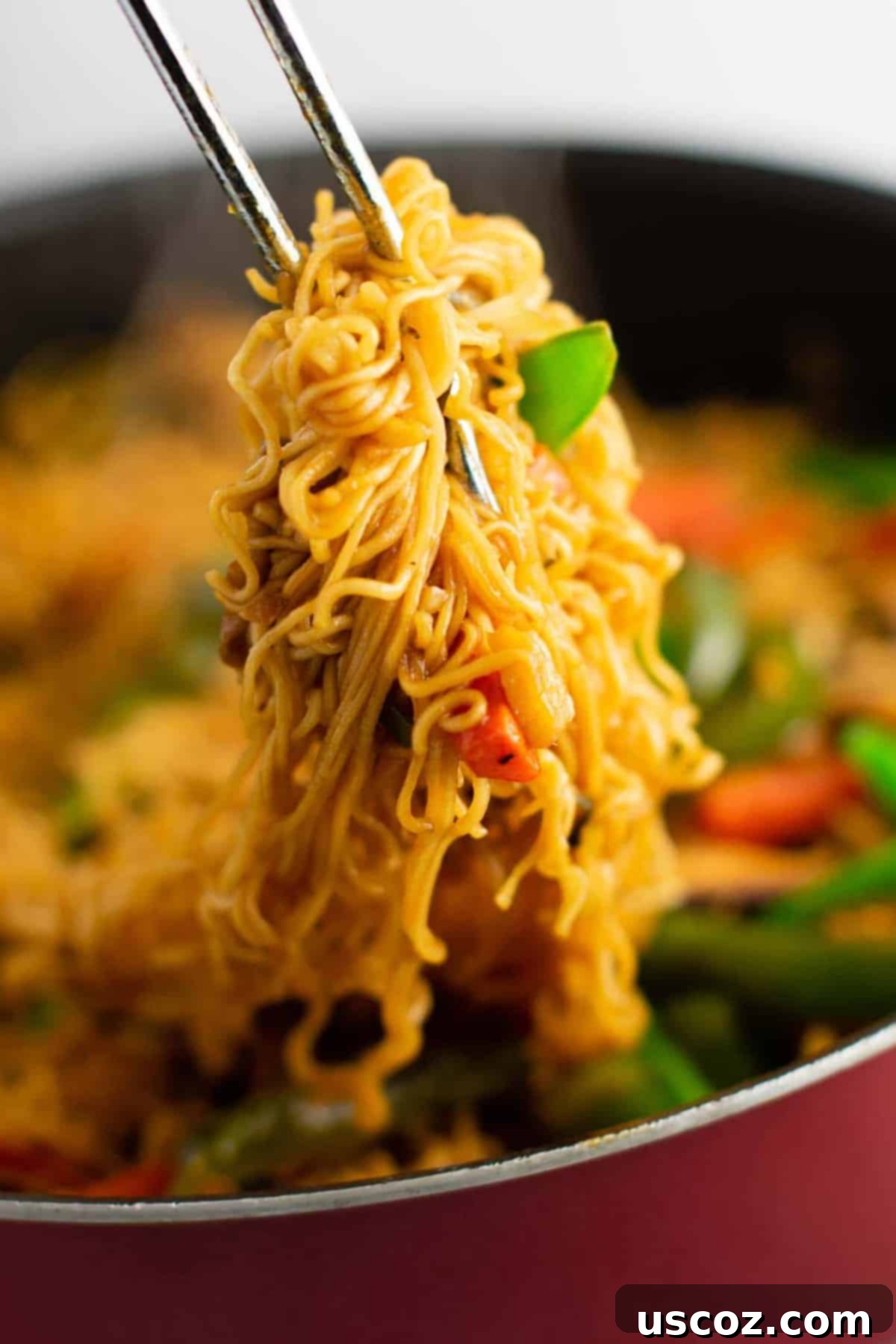
When combined with a simple yet flavorful stir-fry sauce, the results are so overwhelmingly delicious that you might just forget about ordering takeout altogether. The rich, aromatic base created by these ingredients provides that sought-after “wow” factor. It was truly when I started prioritizing these two fresh powerhouses, paired with my go-to stir-fry sauce, that I finally felt I had perfected the art of making truly takeout-quality food at home.
Now, when a craving for takeout strikes, it’s often for my own perfectly seasoned, vibrant stir-fries!
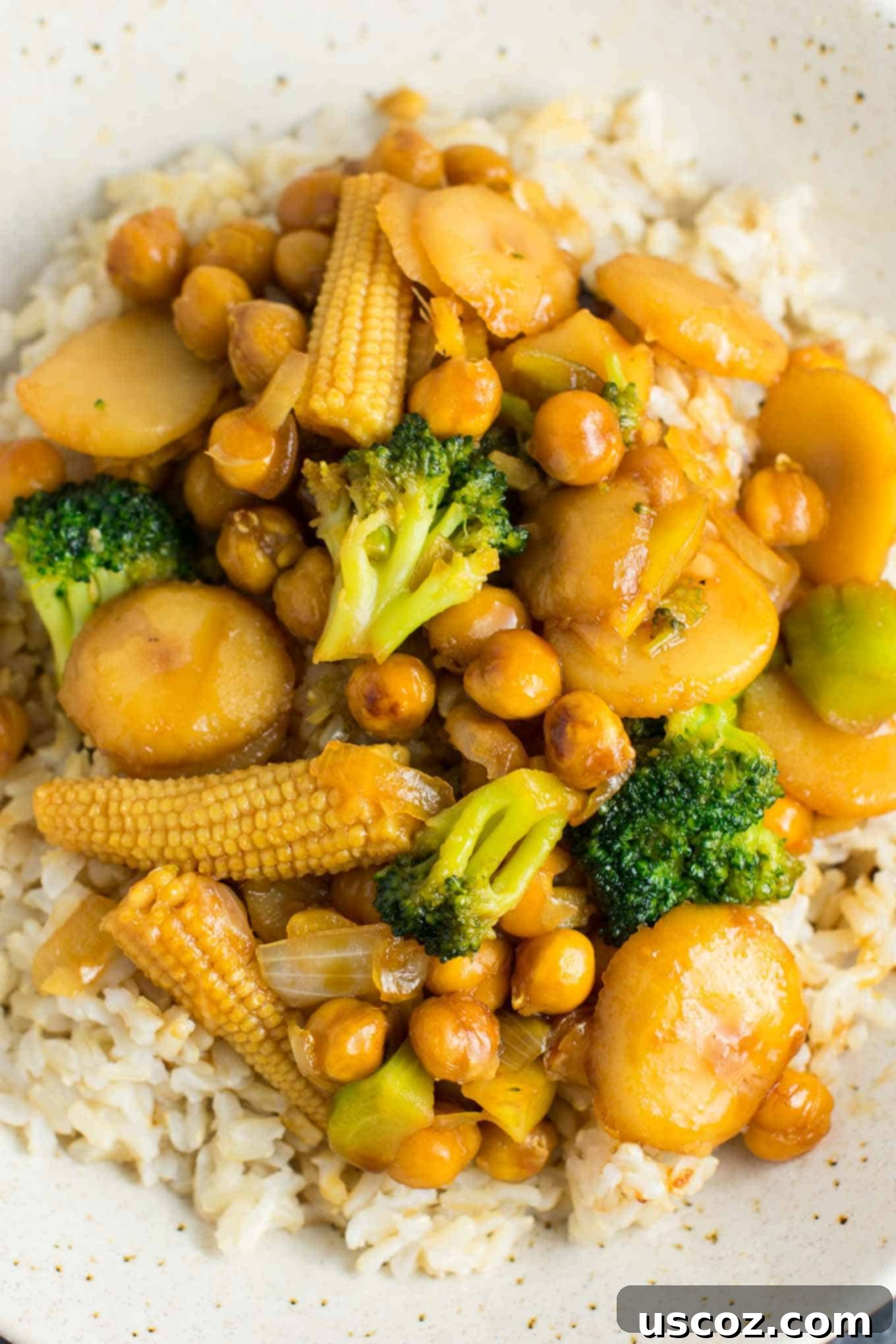
So, let’s talk about the stars of the show: the vegetables. There’s a wonderful array of choices for what vegetables to use in a stir-fry, ensuring there’s something to please every palate and to complement any main protein you might choose. The possibilities are truly endless, allowing for creativity and utilizing what’s fresh and in season.
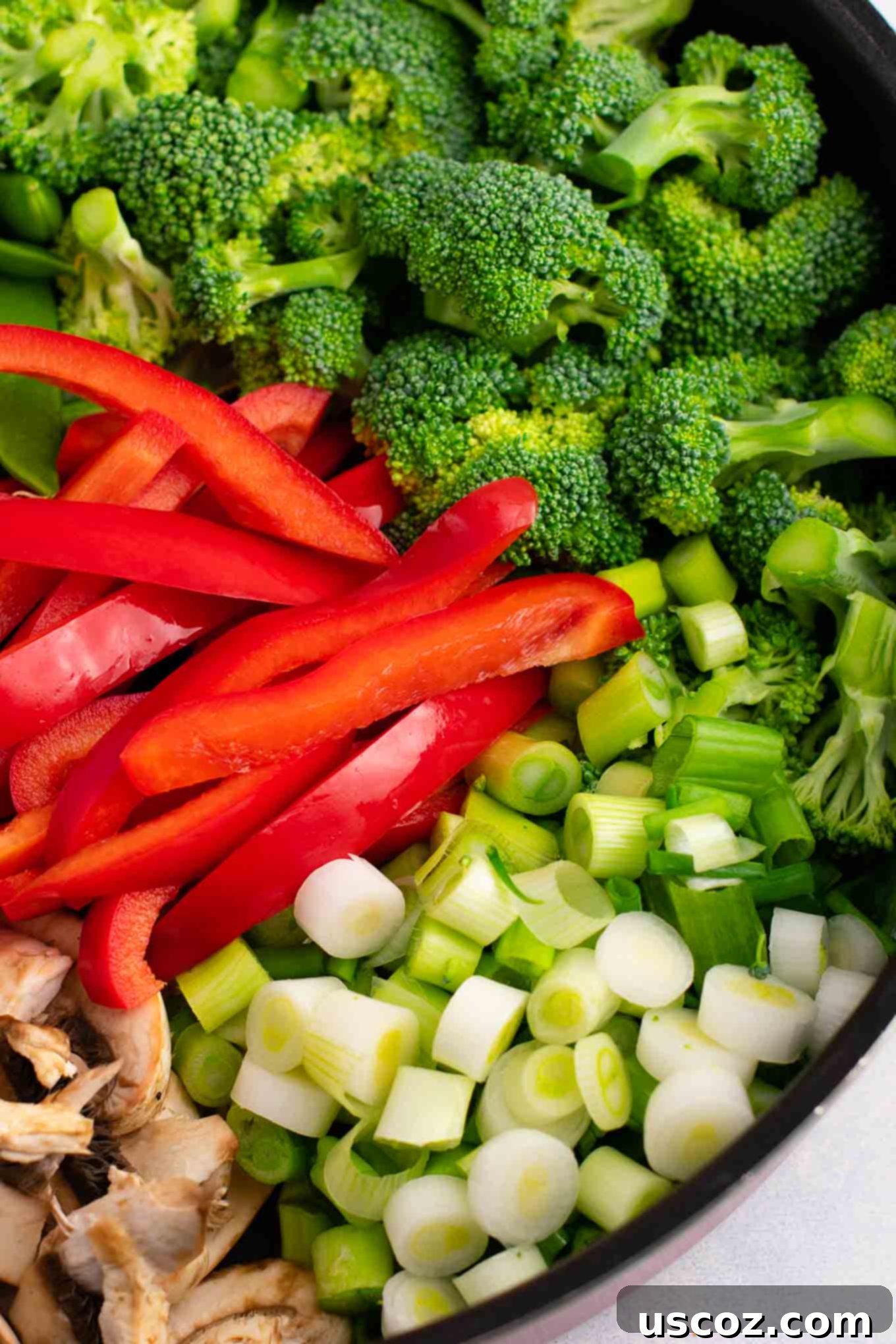
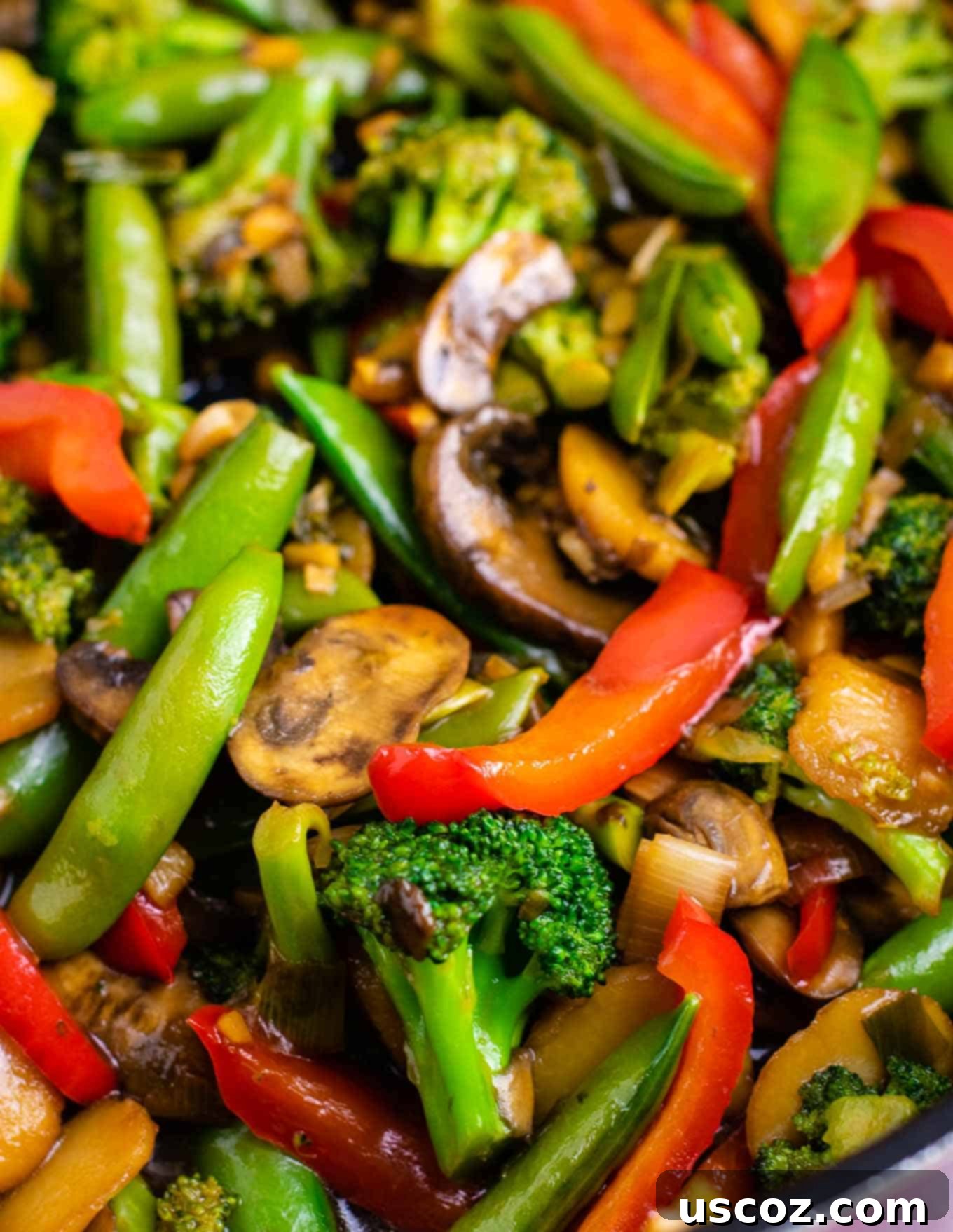
Classic and Popular Stir-Fry Vegetables List
These vegetables are staples for a reason – they offer a delightful combination of flavor, texture, and visual appeal that perfectly suits stir-frying:
- Mushrooms: Shiitake, cremini, or button mushrooms add a wonderful umami depth and a tender, earthy texture. They soak up flavors beautifully.
- Carrots: Sliced thinly or julienned, carrots provide sweetness, vibrant color, and a satisfying crunch.
- Sugar Snap Peas: These bright green pods offer a delightful crisp-tender texture and a sweet, fresh flavor.
- Broccoli: Florets and thinly sliced stems bring a hearty texture, earthy flavor, and absorb sauce exceptionally well.
- White or Yellow Onion: Sliced onions caramelize slightly, adding sweetness and a savory base.
- Bell Peppers (any color): Red, yellow, orange, or green bell peppers contribute vibrant color, a sweet-tart flavor, and a pleasant crispness.
- Green Onion (Scallions): Used as an aromatic base (white parts) and a fresh garnish (green parts), adding a mild oniony kick.
- Water Chestnuts: A fantastic addition for an extra layer of unique crispness.
- Baby Corn: Offers a mild sweetness and a fun, tender-crisp bite.
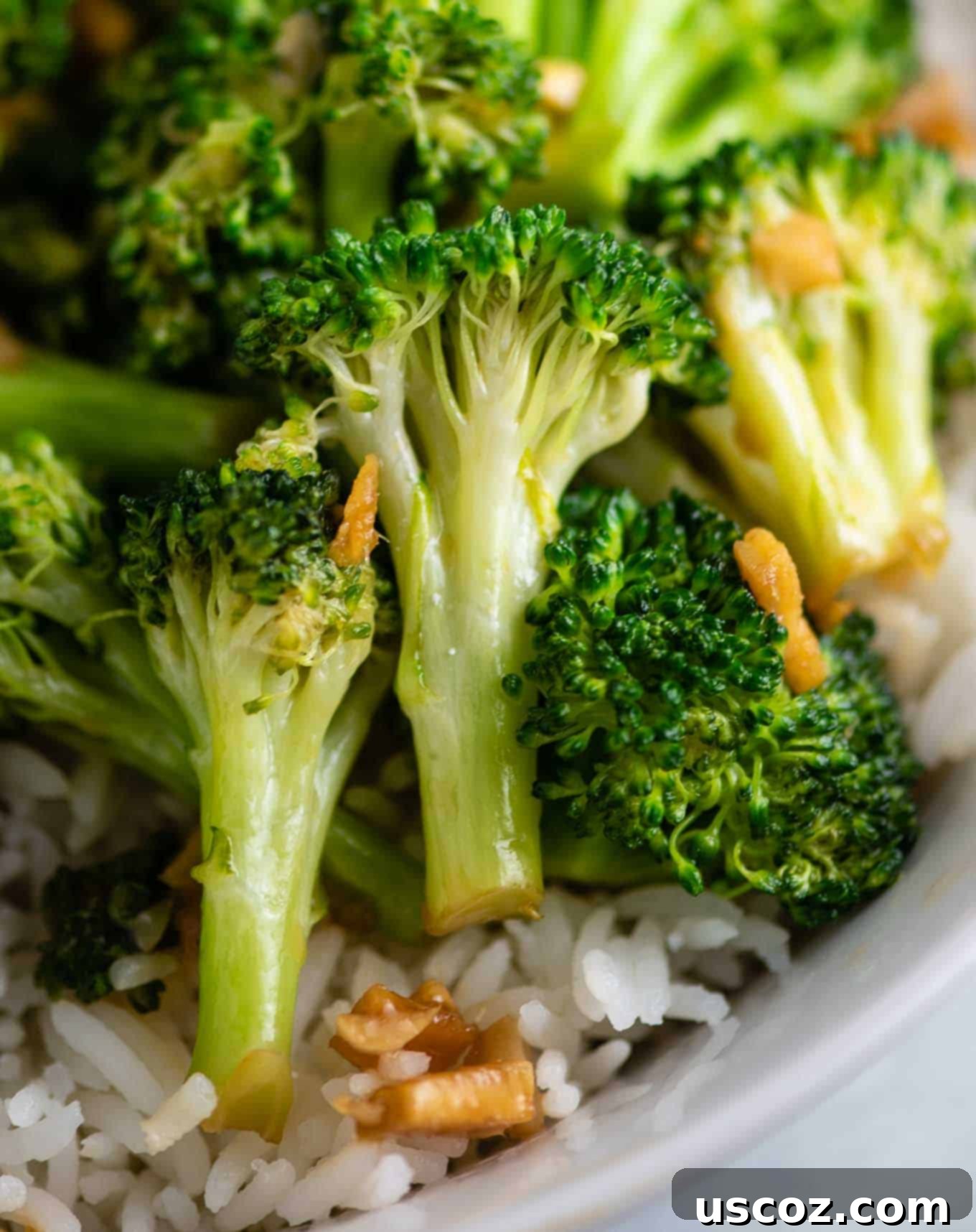
Versatile and Seasonal Stir-Fry Vegetable Additions
Don’t stop at the classics! Many other vegetables shine in a stir-fry, offering opportunities for variety and seasonal creativity:
- Bok Choy: The tender leaves wilt beautifully, while the crisp white stalks add texture.
- Cabbage: Shredded cabbage adds bulk, a subtle sweetness, and a satisfying crunch when stir-fried quickly.
- Asparagus: Cut into bite-sized pieces, asparagus brings a distinct green flavor and tender-crisp texture.
- Zucchini: Sliced or julienned zucchini cooks quickly and absorbs flavors well, adding a tender element.
- Mung Bean Sprouts: A last-minute addition for incredible freshness and crunch.
- Spicy Peppers: Sliced jalapeños, serranos, or even a dash of red pepper flakes can add a welcome kick.
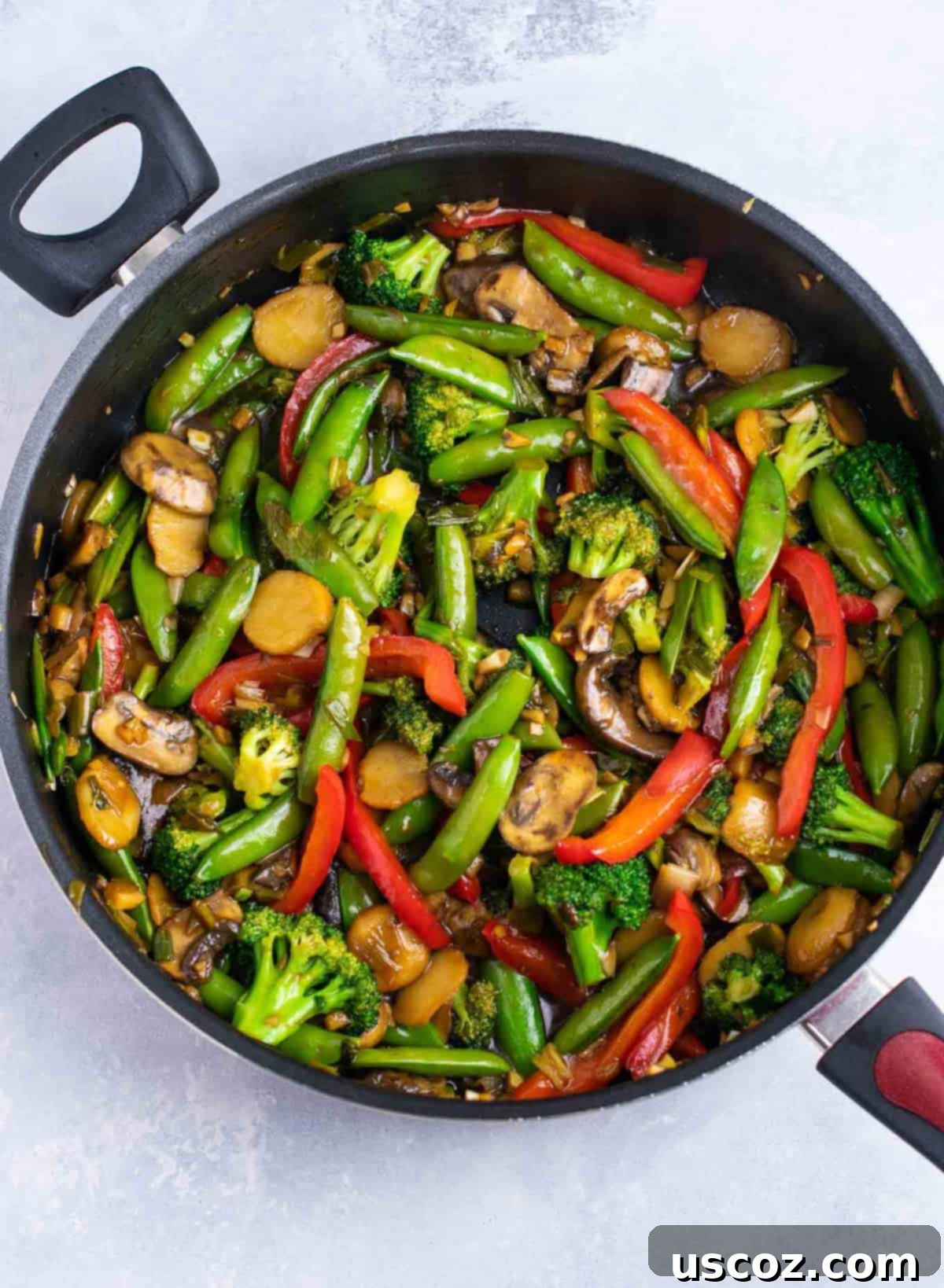
When I prepare a stir-fry, I typically aim for anywhere from 5 to 10 cups of fresh vegetables. This might sound like a lot, but vegetables cook down significantly, especially leafy greens. The more the merrier, as they contribute essential nutrients, vibrant color, and a variety of textures.
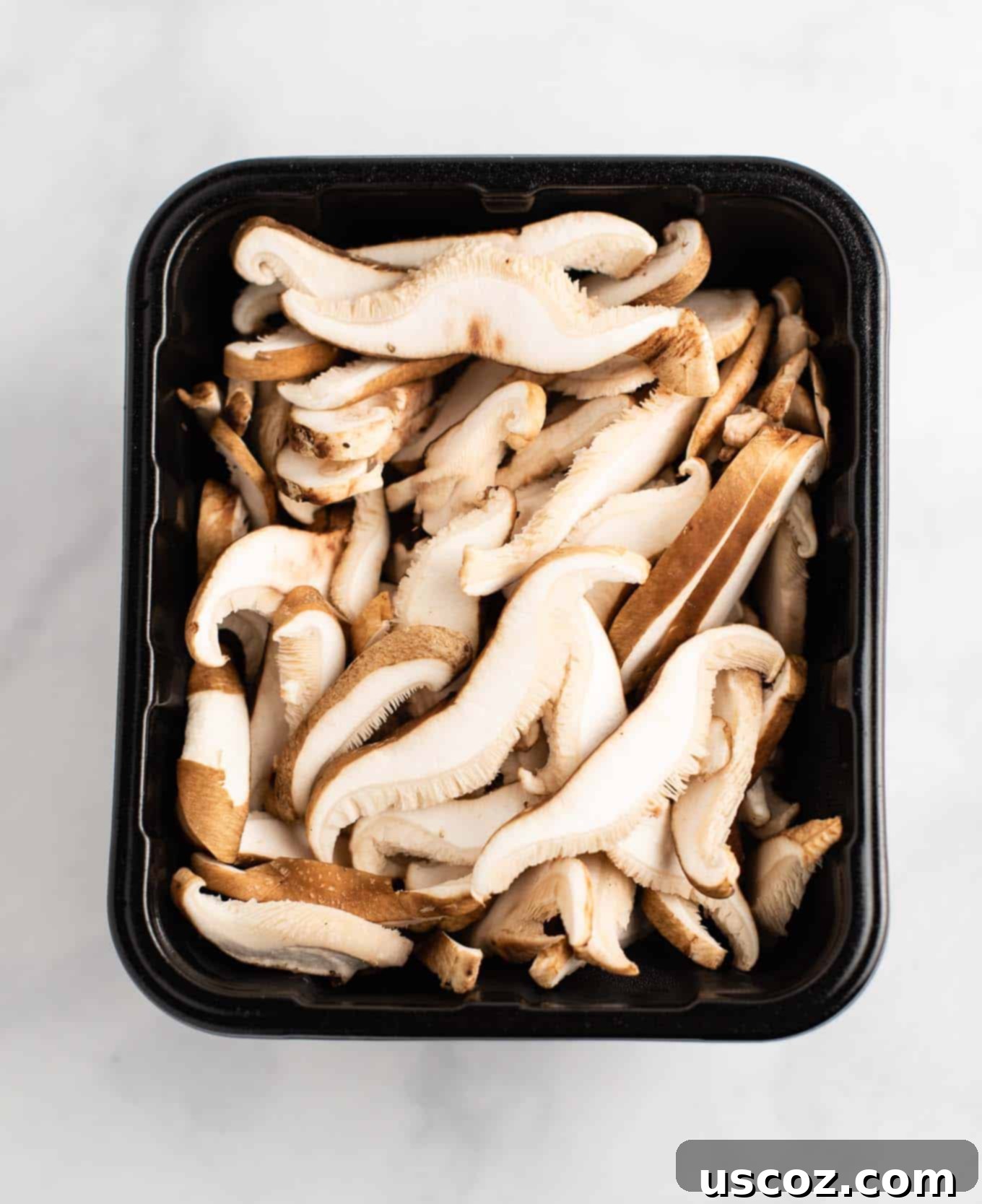
Really, you can’t go wrong with stir-frying. From crunchy to soft, sweet to spicy, vegetables add so much character to your dish. There are endless flavor options, and you can mix and match based on what’s in season, what’s on sale, or simply what you have on hand. Don’t be afraid to experiment – the possibilities for delicious combinations are truly limitless!
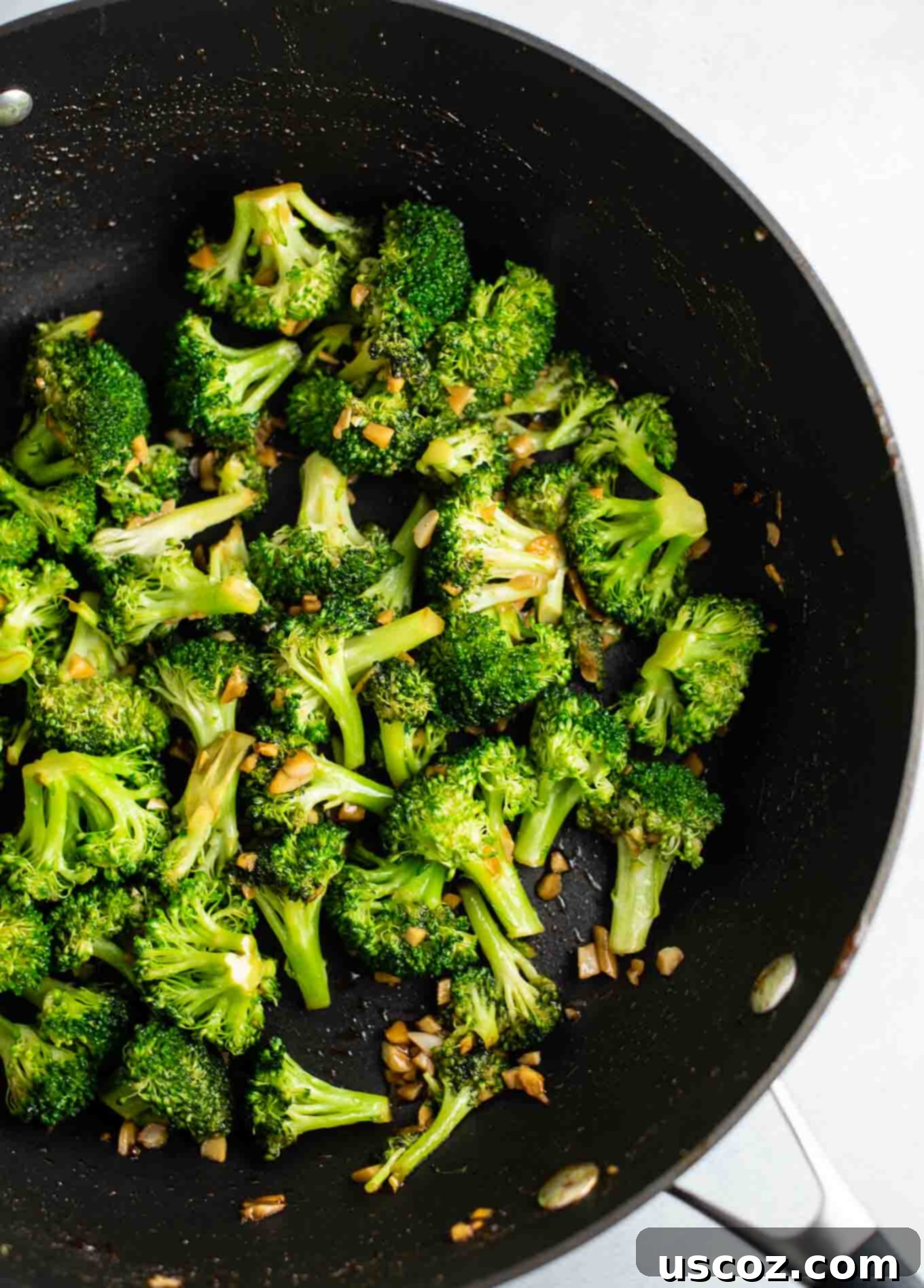
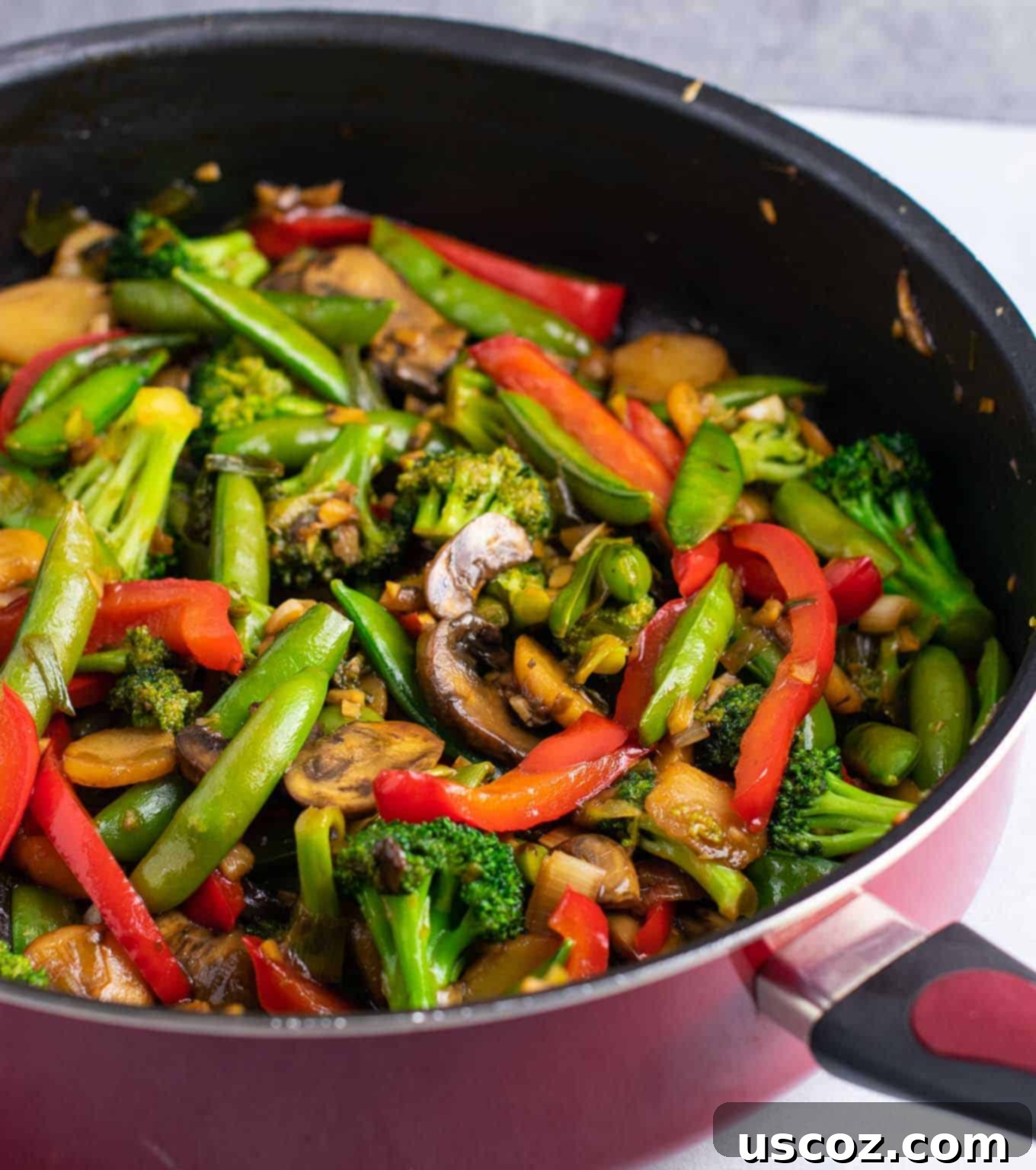
What Vegetables Do You Stir Fry First? Mastering the Cook Order
One of the most crucial elements of a successful stir-fry is understanding the cook times of different ingredients. This ensures everything reaches its perfect texture simultaneously. It’s important to note here that if you are incorporating a protein (like chicken, beef, shrimp, or tofu) into your stir-fry, cook it first and set it aside. If you add vegetables before the protein is fully cooked, your veggies will end up cooking for too long and turn mushy – a common stir-fry mishap we want to avoid!
After your protein is cooked and removed, or if you’re making a purely vegetarian stir-fry, the order of vegetables matters. Begin with those that require more time to soften or crisp up:
Vegetables That Take a Little Longer to Stir-Fry
- Carrots: Especially if sliced thicker, they need a few minutes to become tender-crisp.
- Onions (white, yellow, or red): These benefit from slightly longer cooking to soften and develop a subtle sweetness.
- Broccoli & Cauliflower: These heartier florets need a bit more time to achieve that perfect crisp-tender bite.
- Bell Peppers: While they can cook quickly, if you prefer them softer, add them earlier.
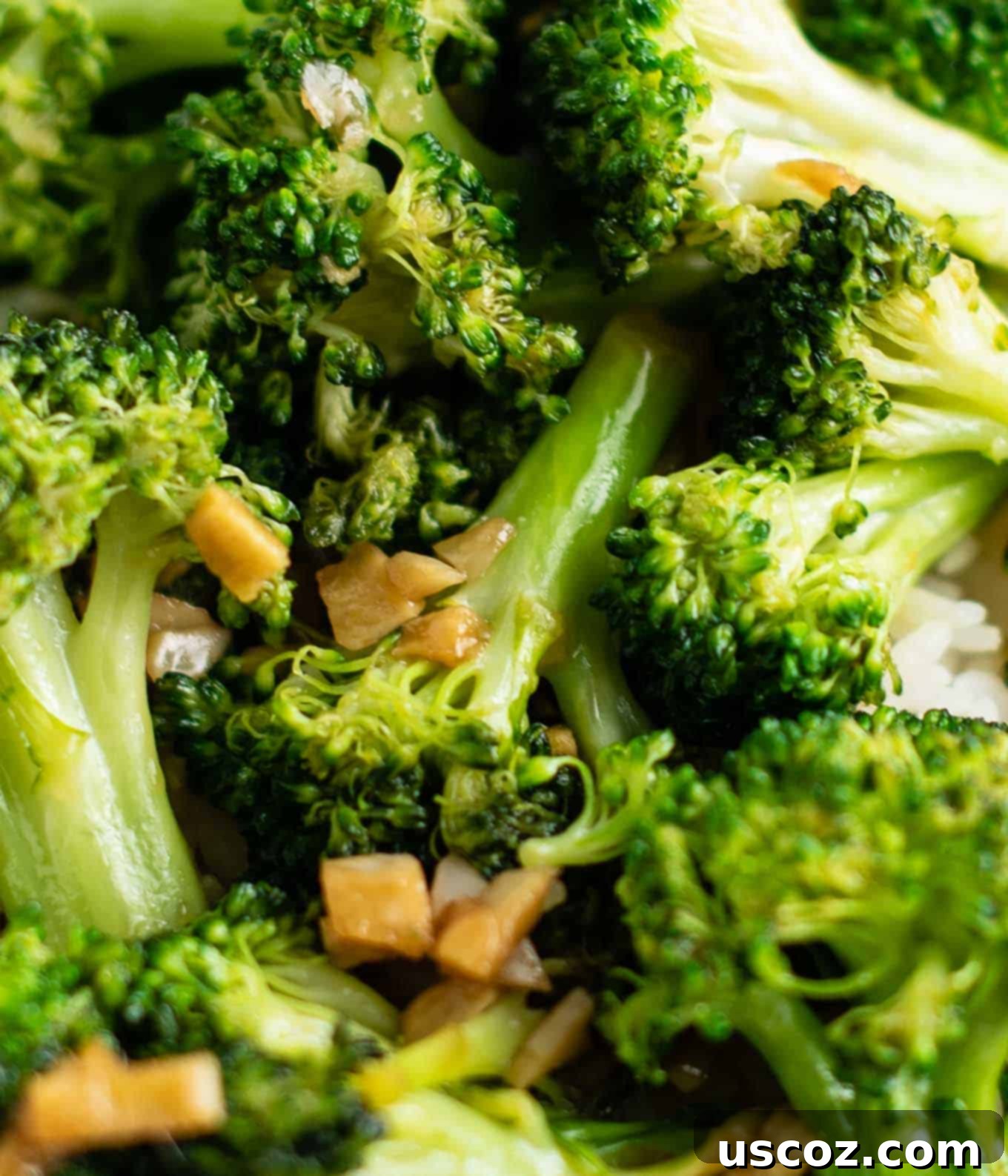
Once these harder vegetables have had a few minutes, introduce the quicker-cooking ingredients:
Vegetables That Cook Quickly in a Stir-Fry
- Mushrooms: They release moisture and soften rapidly.
- Garlic & Ginger: Always add these aromatics after the initial harder vegetables have started cooking, as they can burn easily. Cook just until fragrant (about 30-60 seconds).
- Snap Peas & Snow Peas: These only need a minute or two to become bright green and tender-crisp.
- Leafy Greens (e.g., Bok Choy, Spinach, Cabbage): These wilt very quickly and should be added towards the very end.
- Mung Bean Sprouts, Water Chestnuts, Baby Corn: These are often added in the last minute or two for their fresh crunch.
Every vegetable cooks differently, so it’s important to keep in mind its inherent texture and density before cooking. For me, the ideal stir-fry vegetable retains some bite and crunch; it should never be overly soft or mushy. Texture is genuinely a critical component of a truly satisfying stir-fry!
The general rule is to cook each batch of vegetables just enough time to soften slightly and allow the flavors to meld, without overcooking and letting the texture turn limp. This staggered approach ensures a delightful variety of textures in every spoonful.
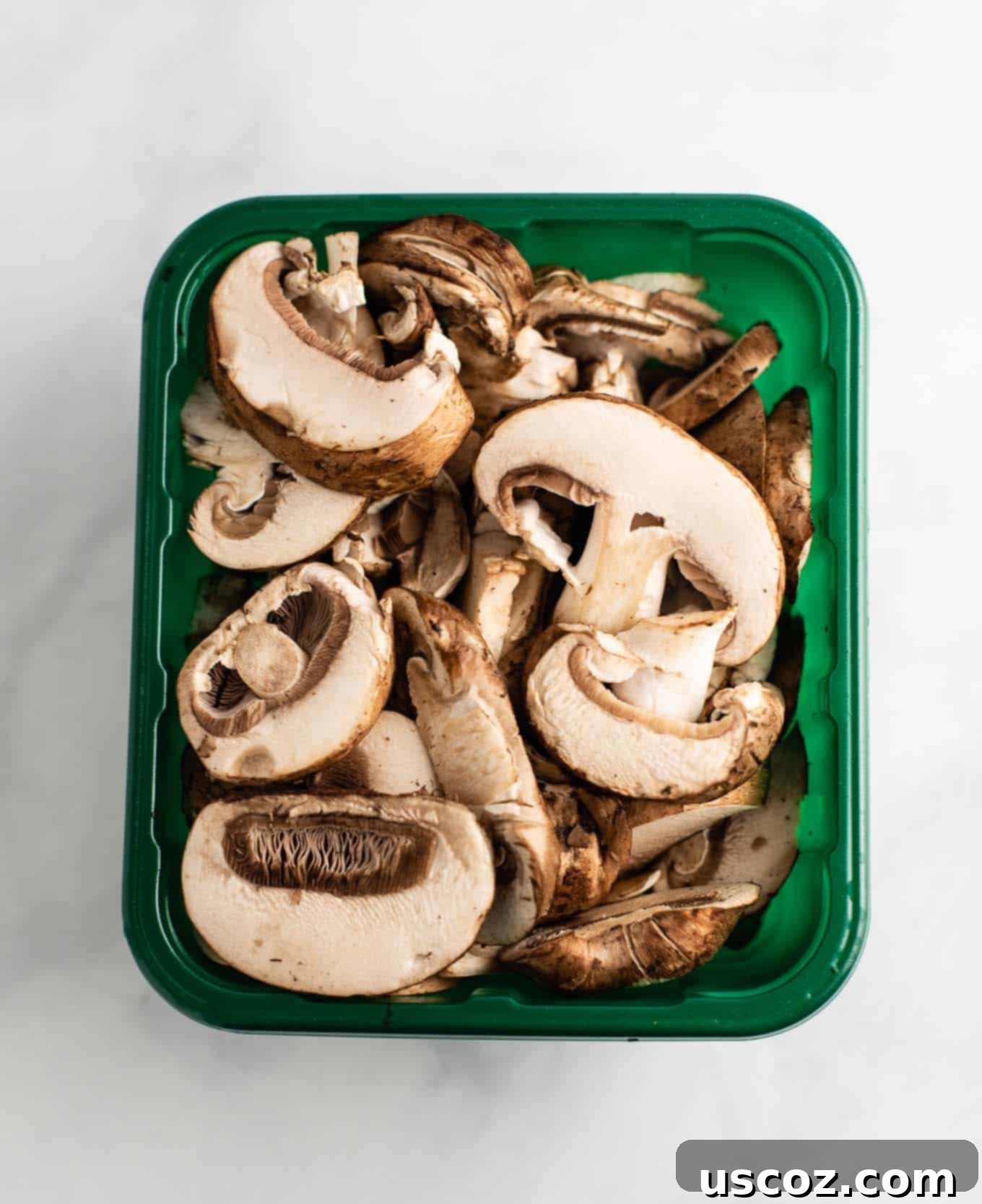
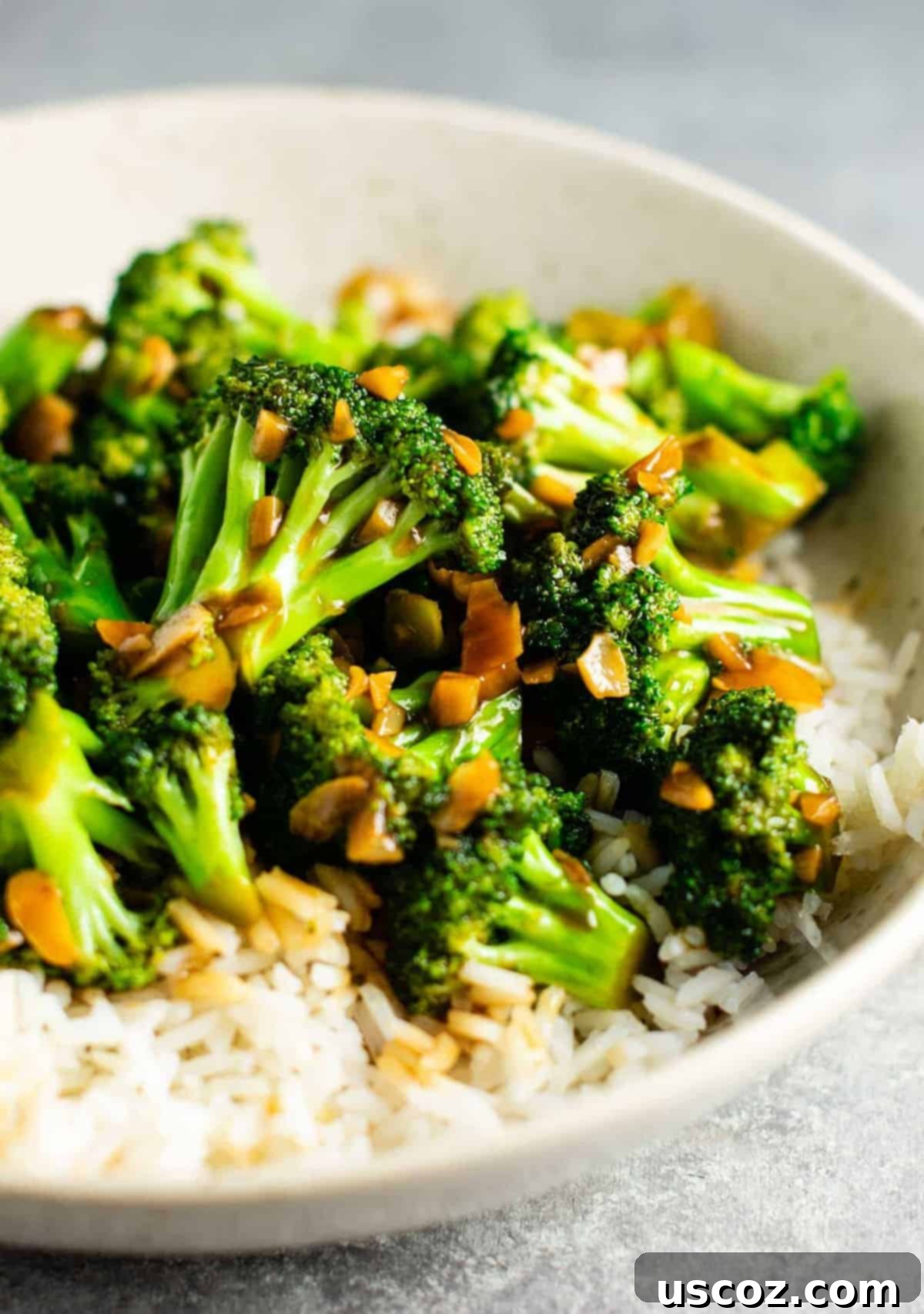
How Do You Stir Fry Vegetables? Step-by-Step Guide
Achieving perfectly cooked, vibrant stir-fry vegetables is simpler than you think with these steps:
- Heat Your Pan and Oil: Add a high smoke point oil (like peanut, canola, or grapeseed oil) to your wok or large skillet and heat it over medium-high to high heat until shimmering.
- Add Aromatics: If not using protein, start by adding your minced garlic and ginger. Stir-fry for 30-60 seconds until fragrant, being careful not to burn. If using protein, cook and remove it first, then add aromatics.
- Stir-Fry Longer-Cooking Vegetables: Add vegetables like carrots, broccoli, and onions. Stir-fry for 2-4 minutes, tossing constantly, until they start to tenderize but still have a bite.
- Introduce Quicker-Cooking Vegetables: Add mushrooms, bell peppers, and snap peas. Continue to stir-fry for another 1-3 minutes until all vegetables are crisp-tender. For very delicate greens like spinach or bean sprouts, add them in the last minute.
- Return Protein (if using): If you cooked protein separately, add it back to the pan now.
- Add Stir-Fry Sauce: Pour in your prepared stir-fry sauce. Toss everything together to coat evenly and cook for 1-3 minutes, stirring, until the sauce thickens and glistens.
- Serve Immediately: Remove from heat and serve your delicious stir-fry immediately over steamed rice, noodles, or quinoa.
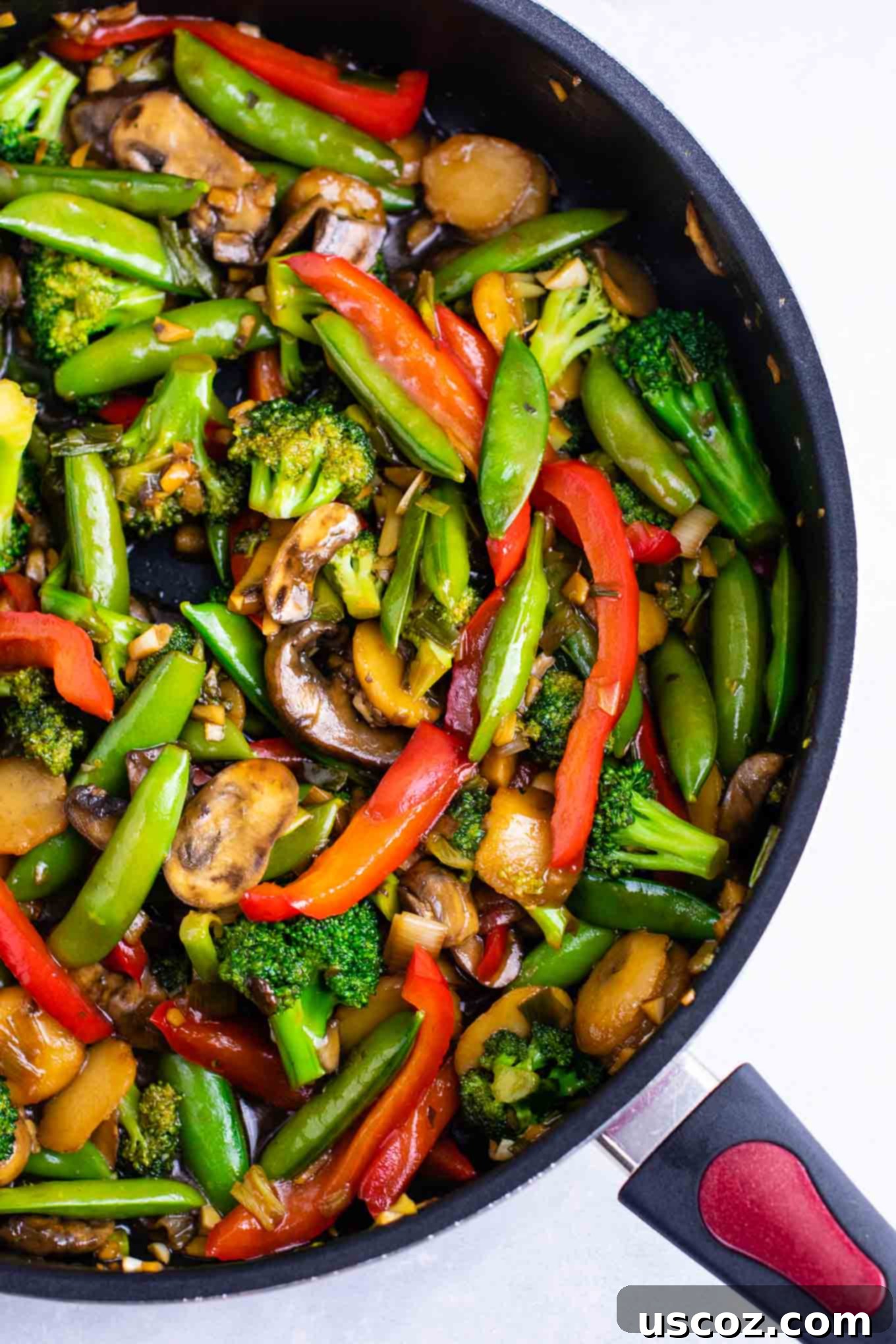
Stir-Fry Recipes to Try
Explore More Stir-Fry Deliciousness!
Now that you’re equipped with the knowledge of the best vegetables and techniques, it’s time to put your skills to the test. Here are a few of my favorite stir-fry recipes to inspire your next culinary adventure:
3 Ingredient Stir Fry Sauce Recipe
Yes, the very same one I’ve been raving about! After creating this recipe, I honestly cannot recommend another sauce as highly. The sheer simplicity and incredible depth of flavor of this homemade stir-fry sauce have truly transformed the way I cook Asian-inspired dishes.
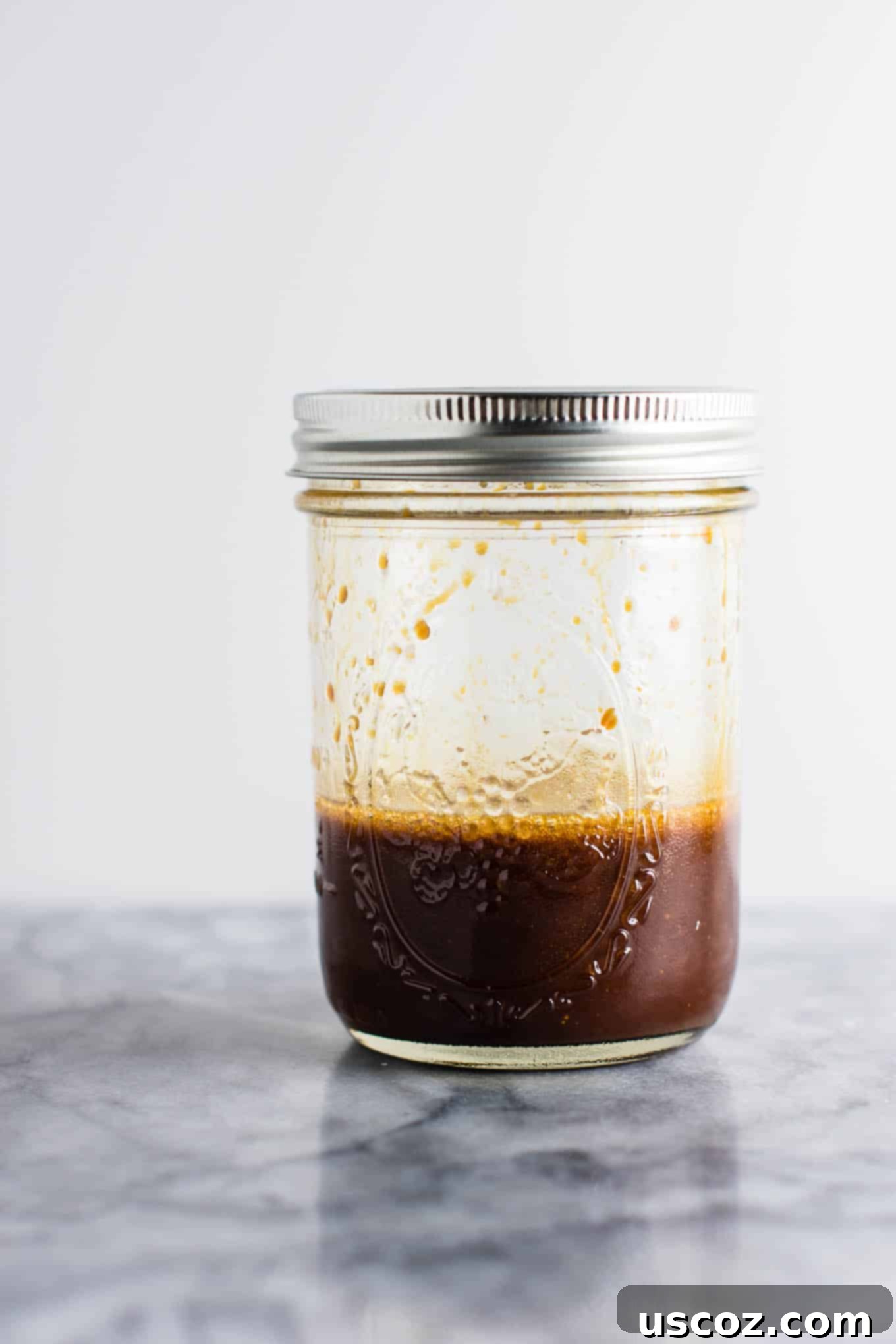
Cabbage Stir Fry
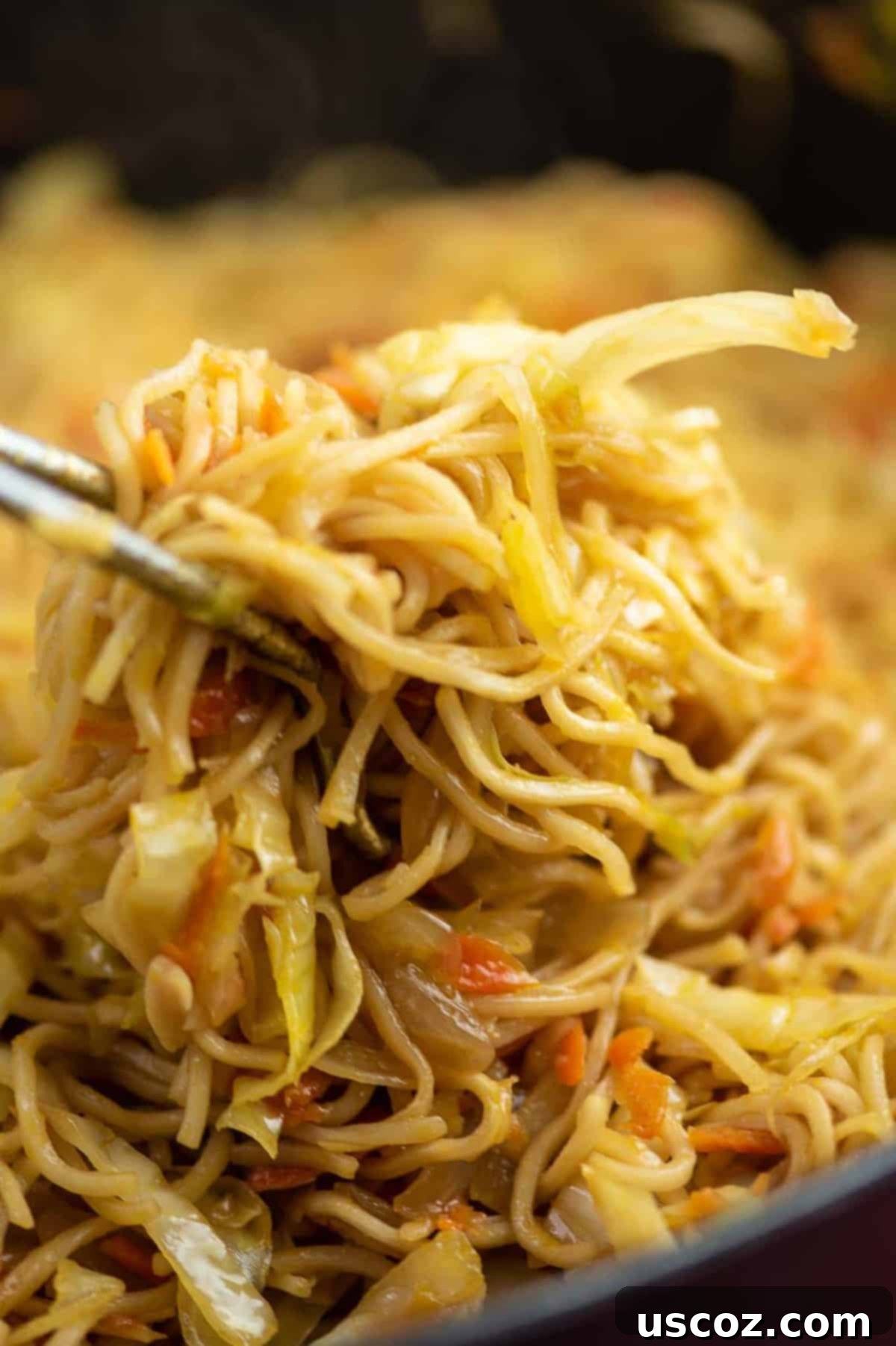
Ramen Noodle Stir Fry
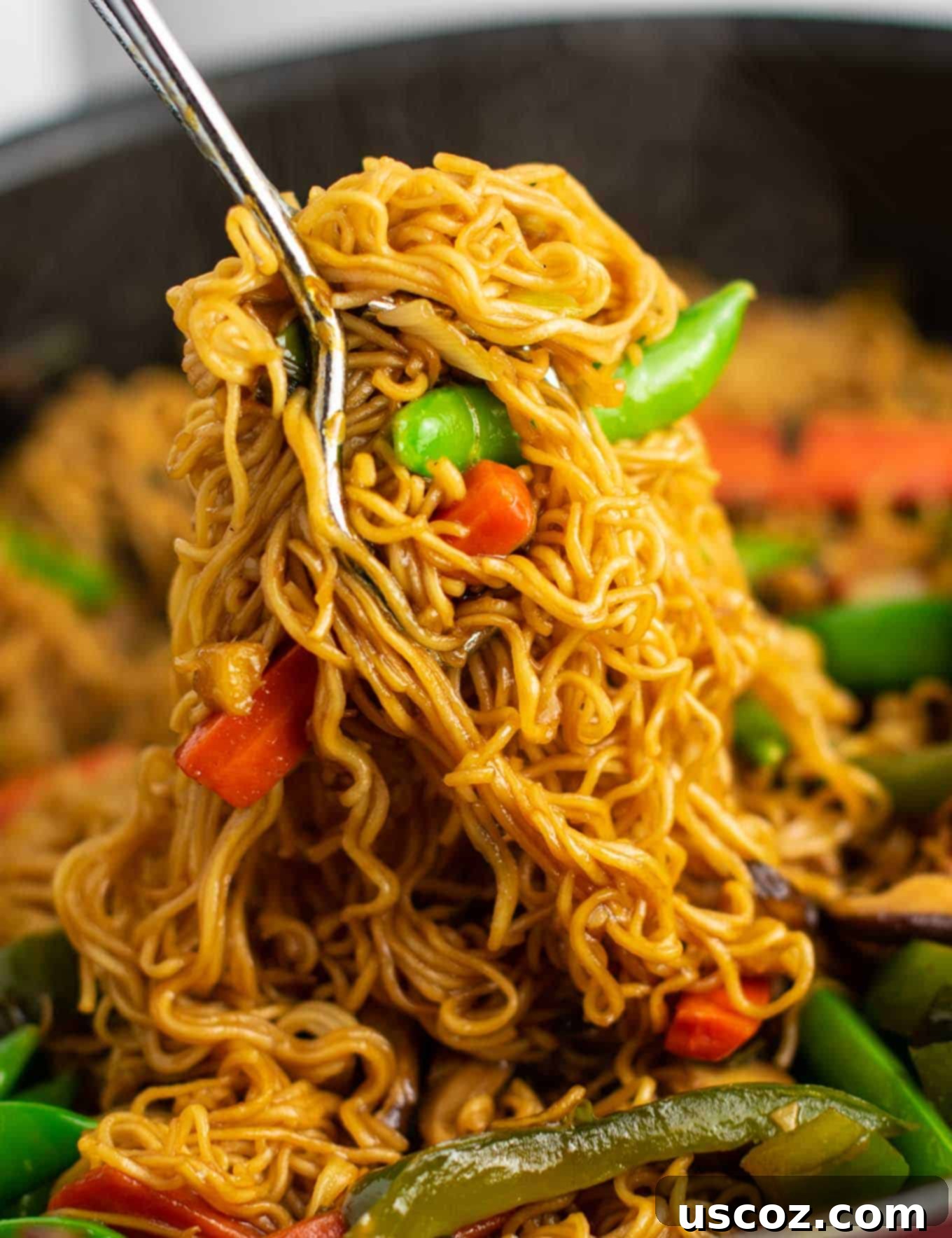
Asian Mushroom Ramen Noodles
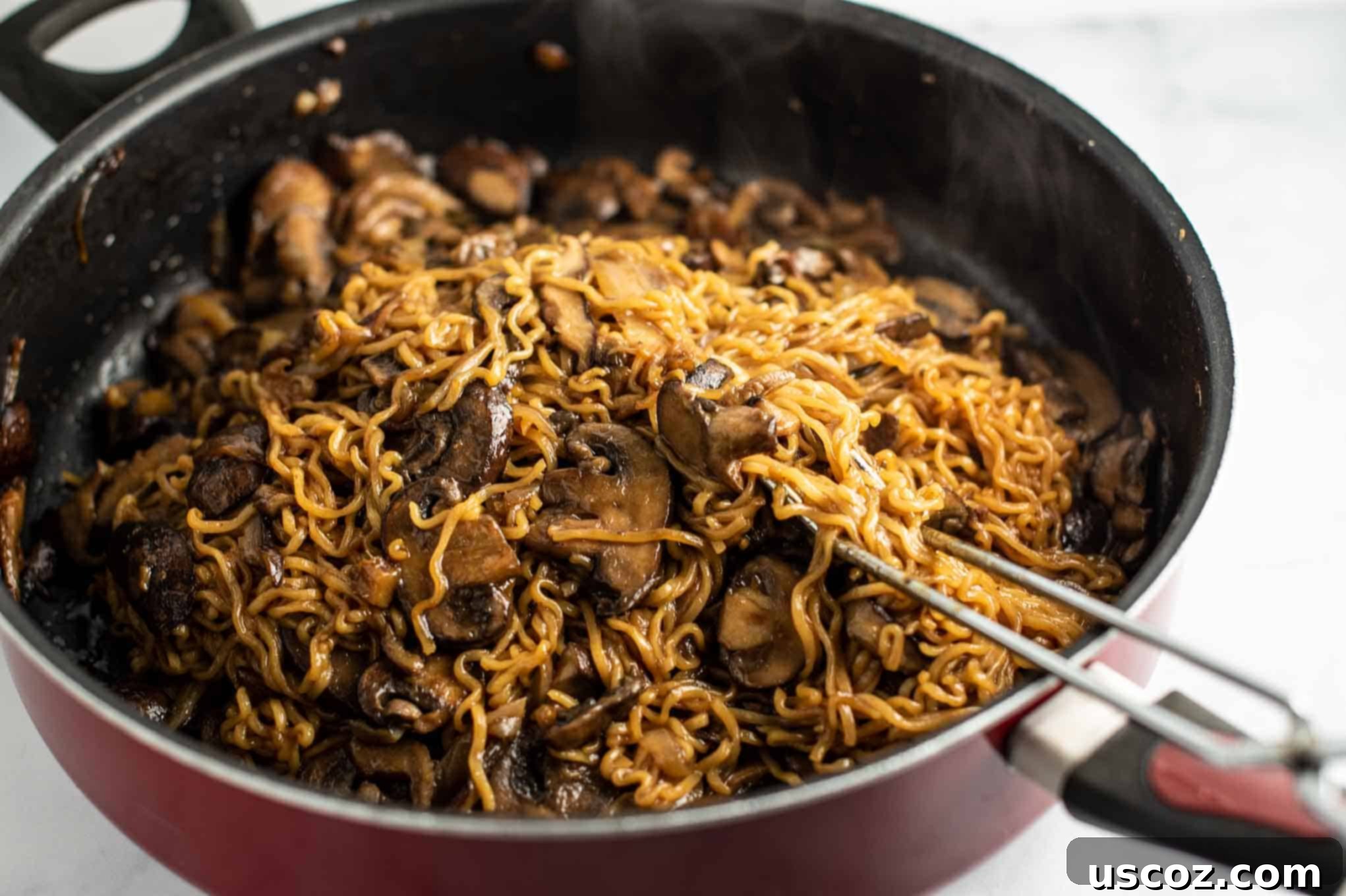
Stir Fry Vegetables
If you’re looking for a fantastic all-purpose vegetable stir-fry recipe packed with a vibrant array of veggies, this is the one! Featuring a rainbow of colors and flavors, it’s a truly satisfying and healthy meal. I absolutely love this version!
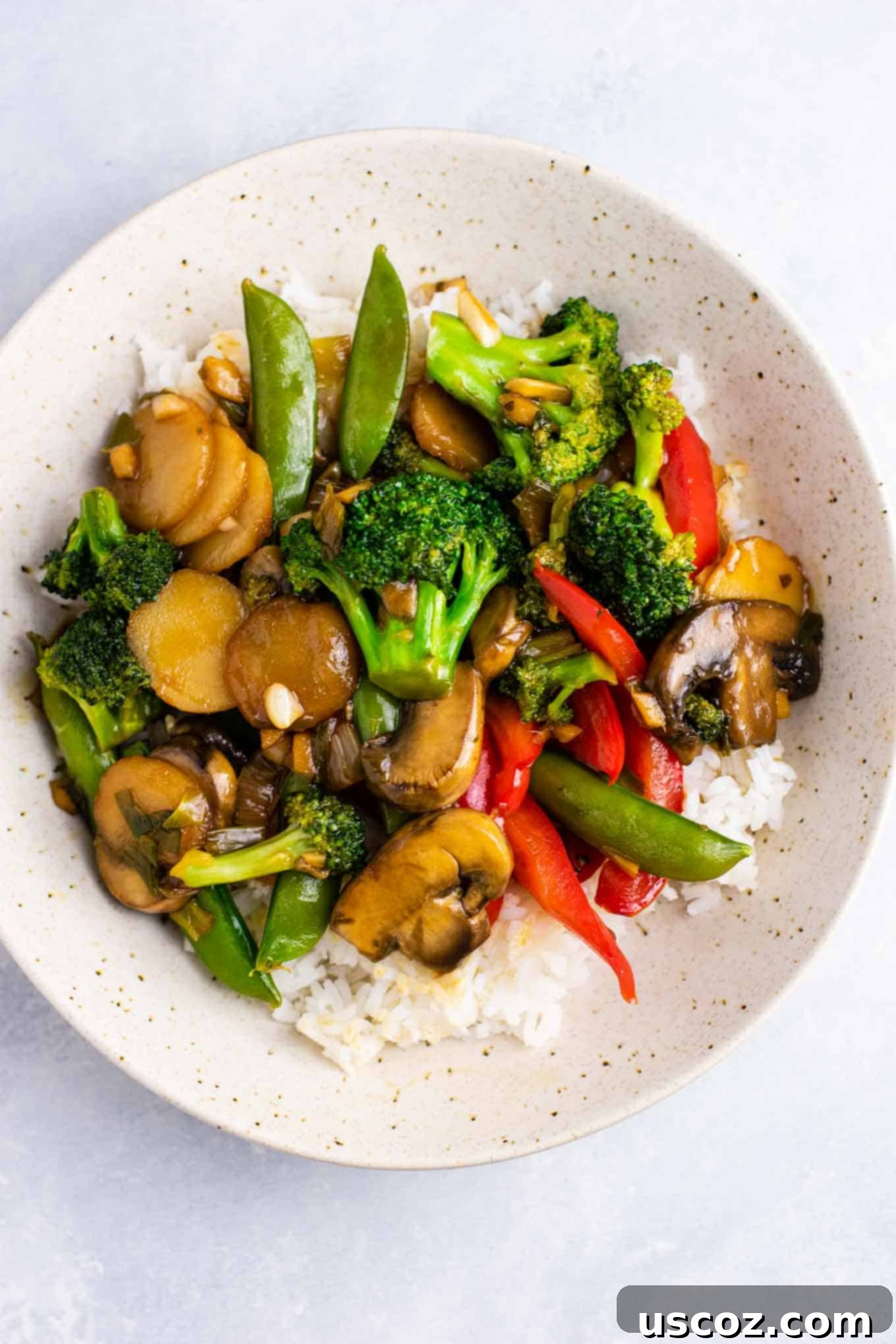
Teriyaki Sauce
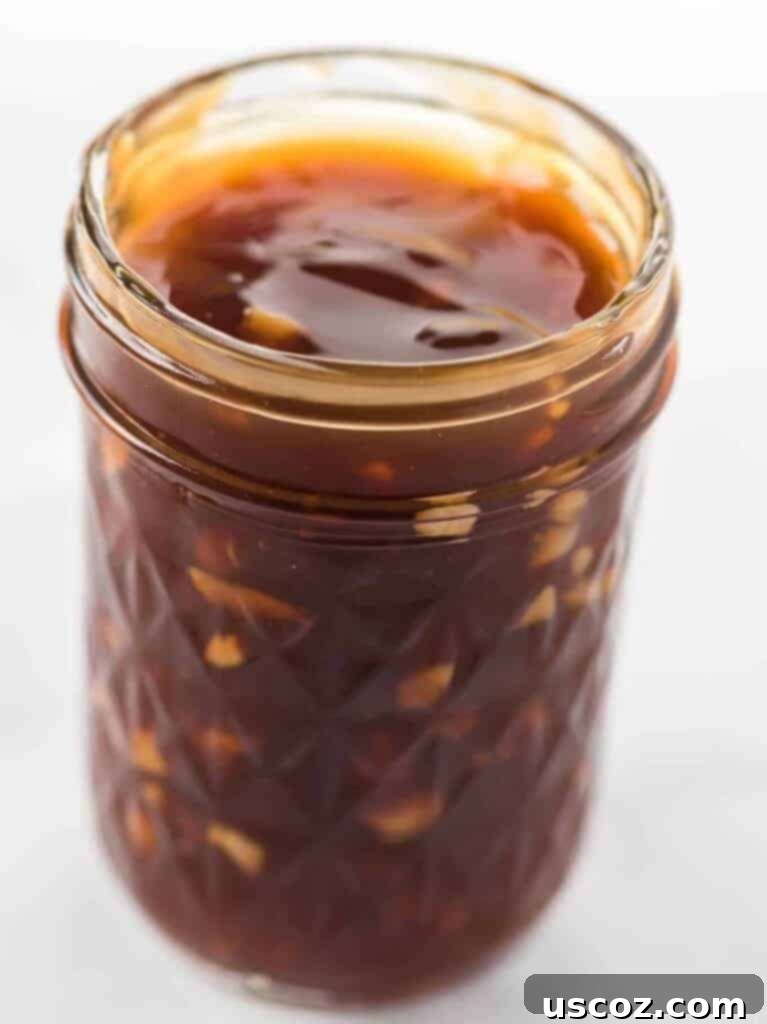
Broccoli with Garlic Sauce
Experience takeout-style broccoli with garlic sauce right at home. I specifically crafted this recipe to mimic my favorite restaurant garlic broccoli, and it consistently delivers on flavor and satisfaction!
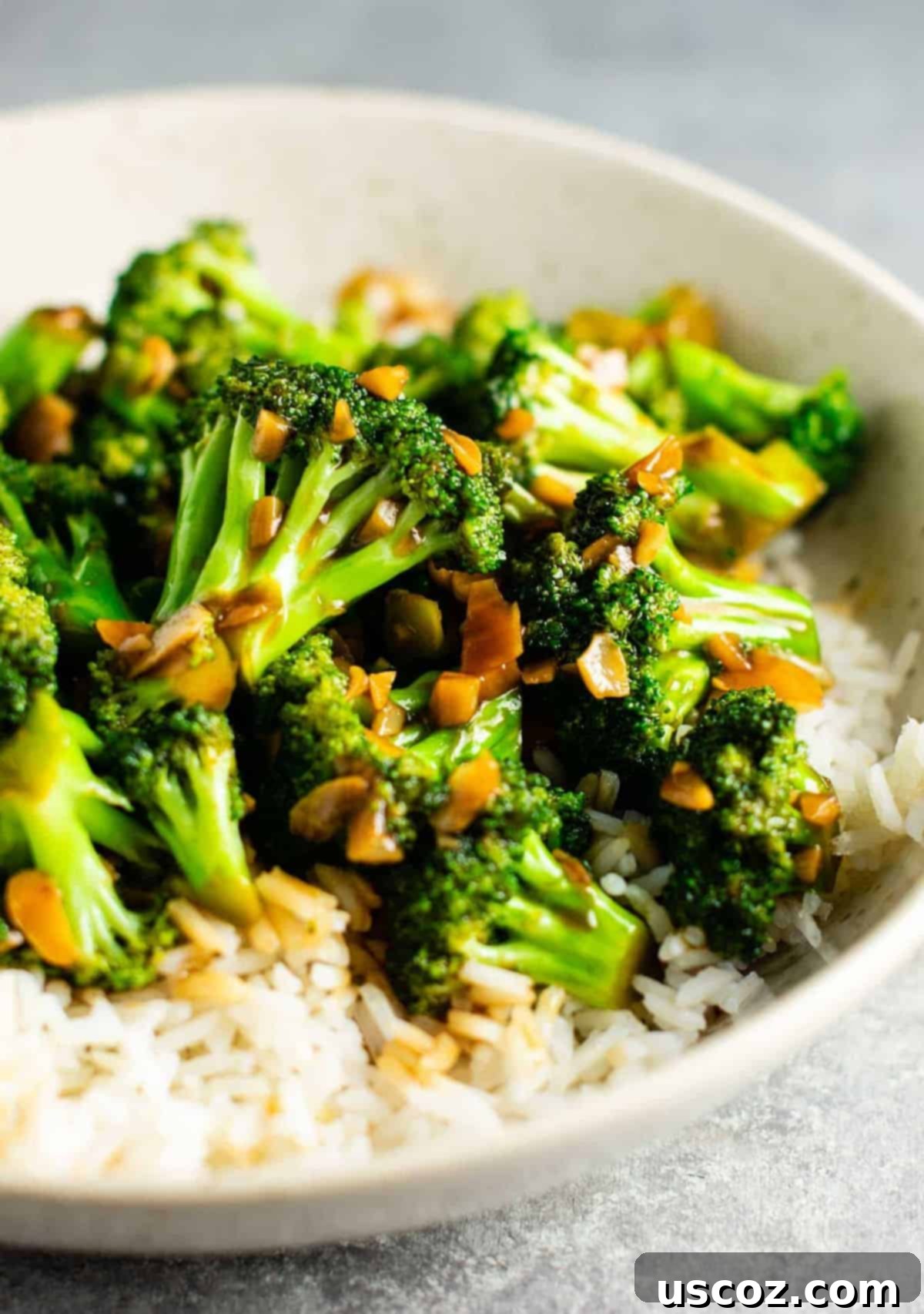
Tofu Stir Fry Noodles
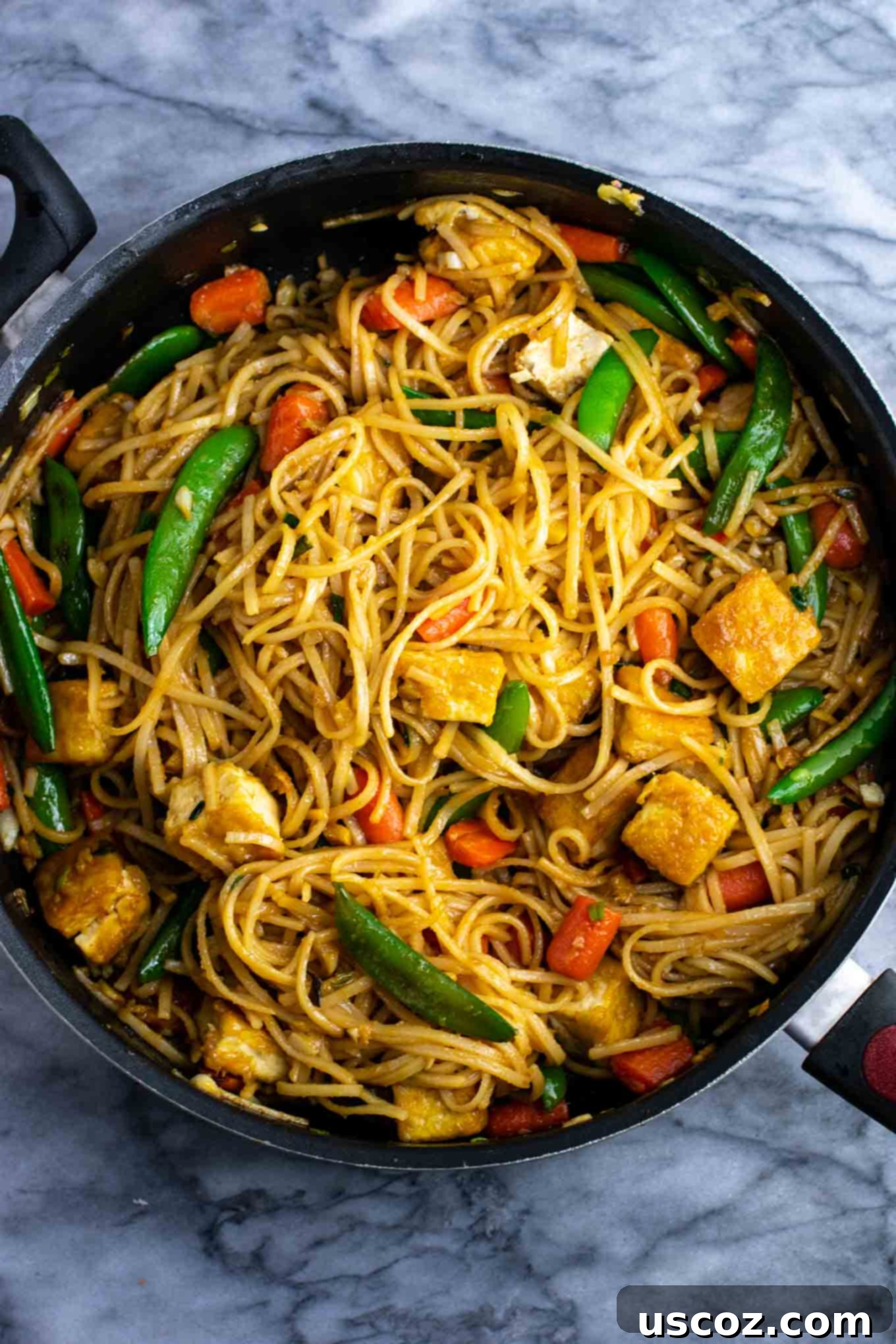
Broccoli Stir Fry
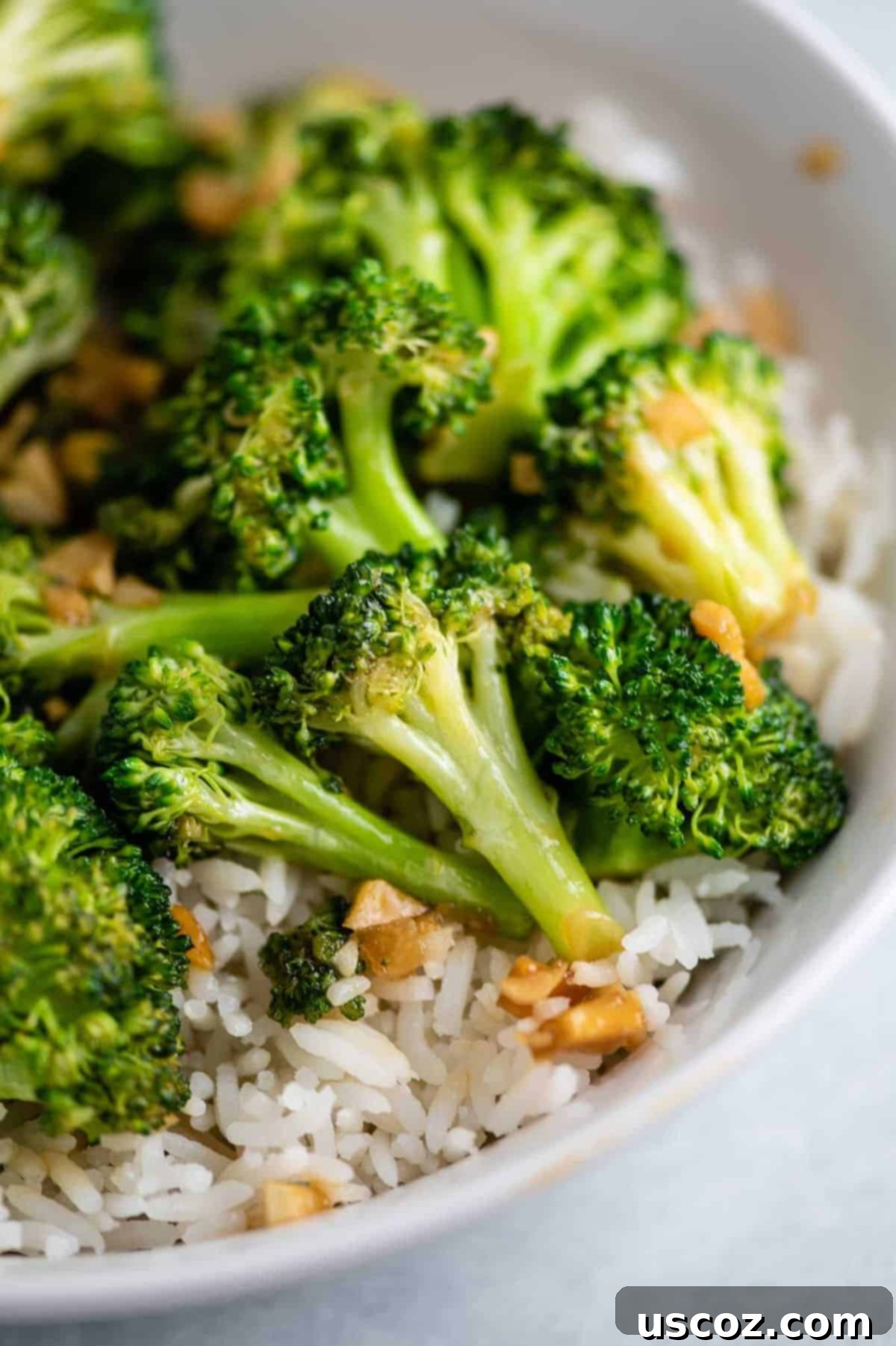
Honey Ginger Tofu Stir Fry
This recipe features delicious tofu and crisp veggies enveloped in a sweet and salty honey ginger stir-fry sauce. For a quick alternative, you can always substitute the sauce with my easy 3-ingredient stir-fry sauce – both options yield fantastic results!
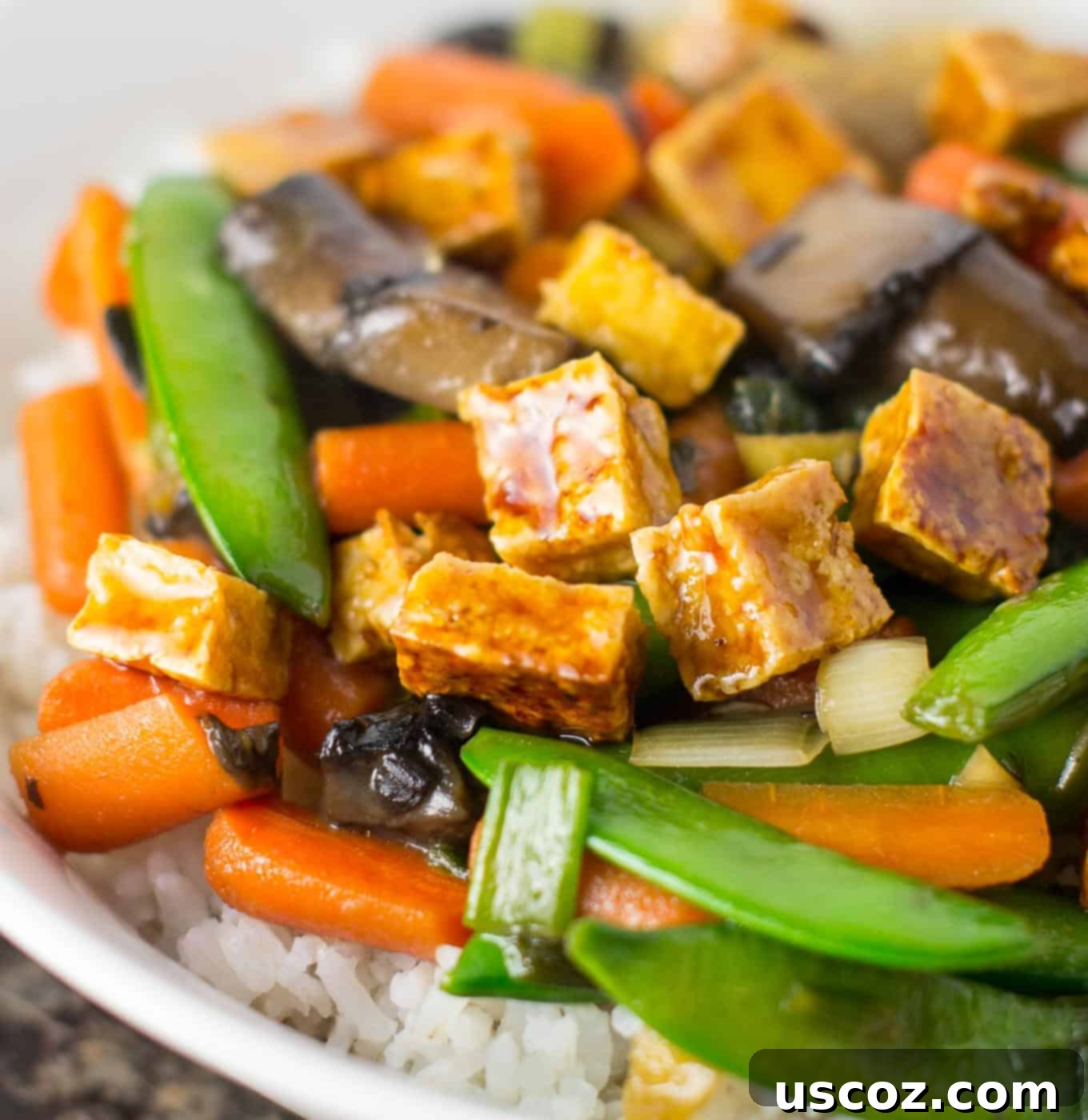
Vegan Chickpea Stir Fry Bowl
Whip up this flavorful stir-fry bowl in minutes using chickpeas! It’s a vegan, gluten-free, and incredibly delicious option that’s bursting with flavor.
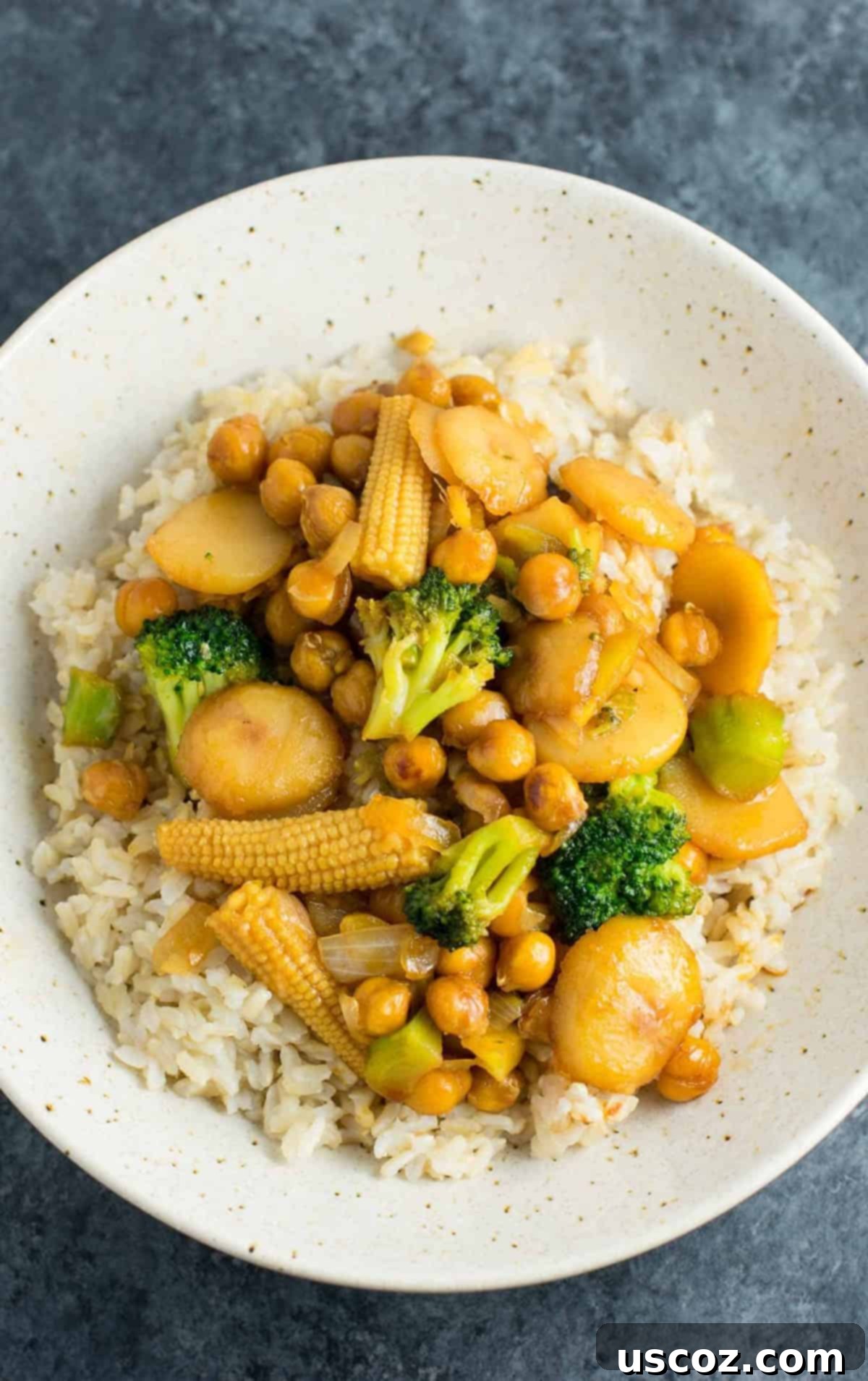
Broccoli Tofu Stir Fry
A timeless combination of tofu and broccoli, this recipe elevates the dish with generous amounts of garlic, ginger, and green onion. It’s the perfect choice for a satisfying and flavorful meatless dinner.
